The Gill’s Garden Talk series continues this Saturday, 2/18/23 at 10am! Join us for Organic Veggie Gardening: Promoting Life with Wyatt Page, Gill’s Assistant Manager and passionate veggie gardener! Wyatt has an impressive garden at home and spends his days talking veggies here at Gill’s. He’ll share all kinds of tips for better food production, safe pest prevention, veggie garden design, and more. Bring your veggie questions. One attendee will win a $100 Gill’s gift card, and we’ll do some other giveaways too! Watch Wyatt’s video invitation and tomato tips below – see you Saturday!
veggie gardening
Spring is here!! Look around and you’ll see lots of happy and healthy plants enjoying the sunshine and putting on fresh new growth. We hope you feel the same way! Here are our top must-do’s in the garden this month to help you have the best Spring season and beyond.
Check out our March Garden Guide for more tips!
1. Plant Level – Not Too Deep!
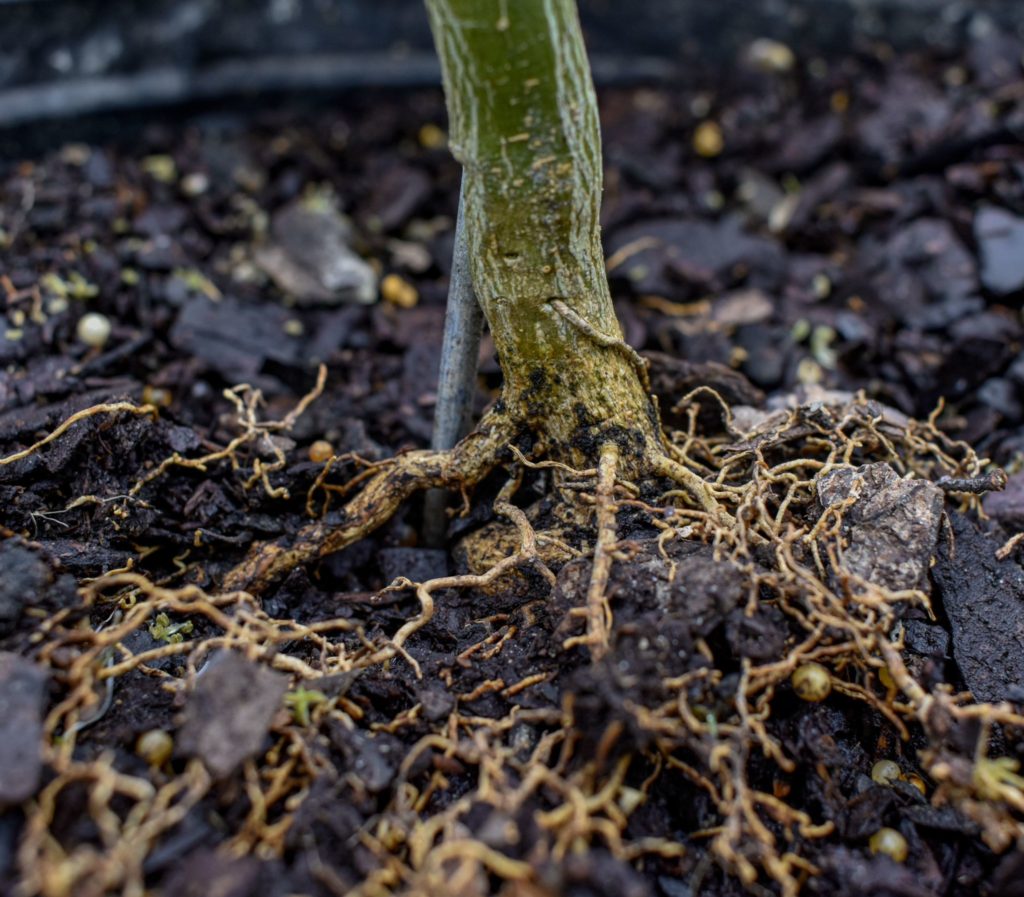
When planting this Spring, DON’T PLANT TOO DEEP! Plant level with the surrounding soil (or even slightly higher) and don’t cover the top of the root ball with soil. Most plants have tiny feeder roots on the surface of the root ball that are critical for taking up nutrients and for oxygen exchange. If you bury these surface feeder roots, the plant will suffocate and decline. After you plant, remember that plants need long, deep drinks of water. Watering often does not equal watering well. Use a moisture meter to be sure you’re getting moisture down into the ground when you water.
2. Start Your Spring Veggie Garden!
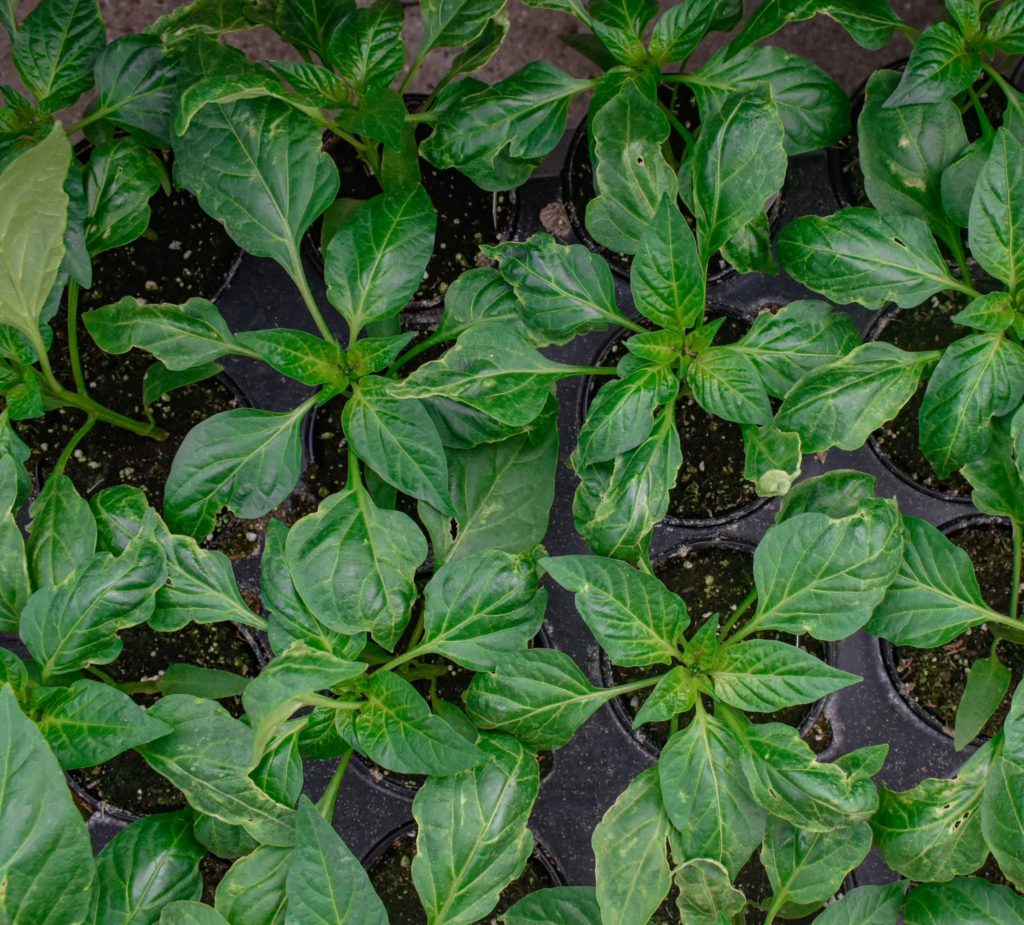
It’s time! We are thrilled to have a big healthy selection of Spring veggies and fruit trees this year. One thing we recommend for starting all veggie gardens is Nature’s Blend compost – the closest thing we’ve seen to ‘magic in a bag’! One bag improves about 12 sq ft of clay or sandy soil and gets it ready for planting. That’s a good approximate ratio if you make your own compost too. Remember that you can grow food almost anywhere! Re-watch James Gill’s container gardening video for tips and inspiration.
3. Invite Pollinator Friends to Your Garden
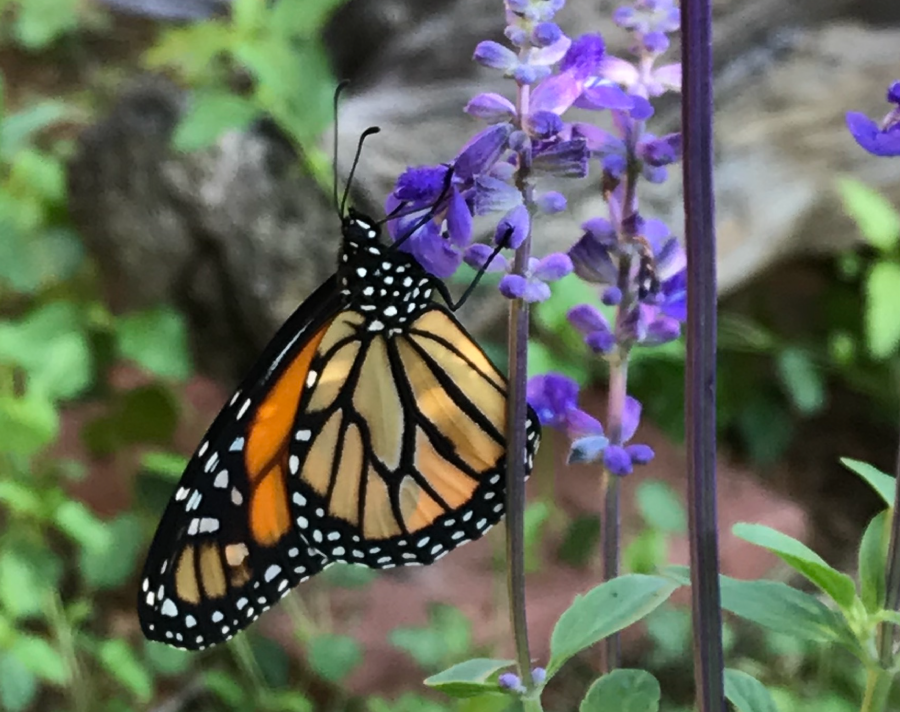
Now is a great time to incorporate plants into your garden that attract & feed the birds, bees, butterflies, and other pollinators. They need your help finding food and shelter, and you need their help pollinating your blooming plants, increasing your veggie production, and eating bad bugs. Bees are drawn to most anything with a bloom but some fav’s are native Gregg’s Mist Flower, Esperanza, & Lantana. Butterflies love Salvias and Mexican Flame Vine too. Native plants like Turks Cap and Yaupon Holly produce berries for birds, and Hummers love Duranta, Mexican Honeysuckle, & lots more! Keep in mind that pollinators need help locating these food sources. Think about planting several of the same plant together to help make them more visible to our pollinator friends.
4. Fertilize Now – Except Lawns
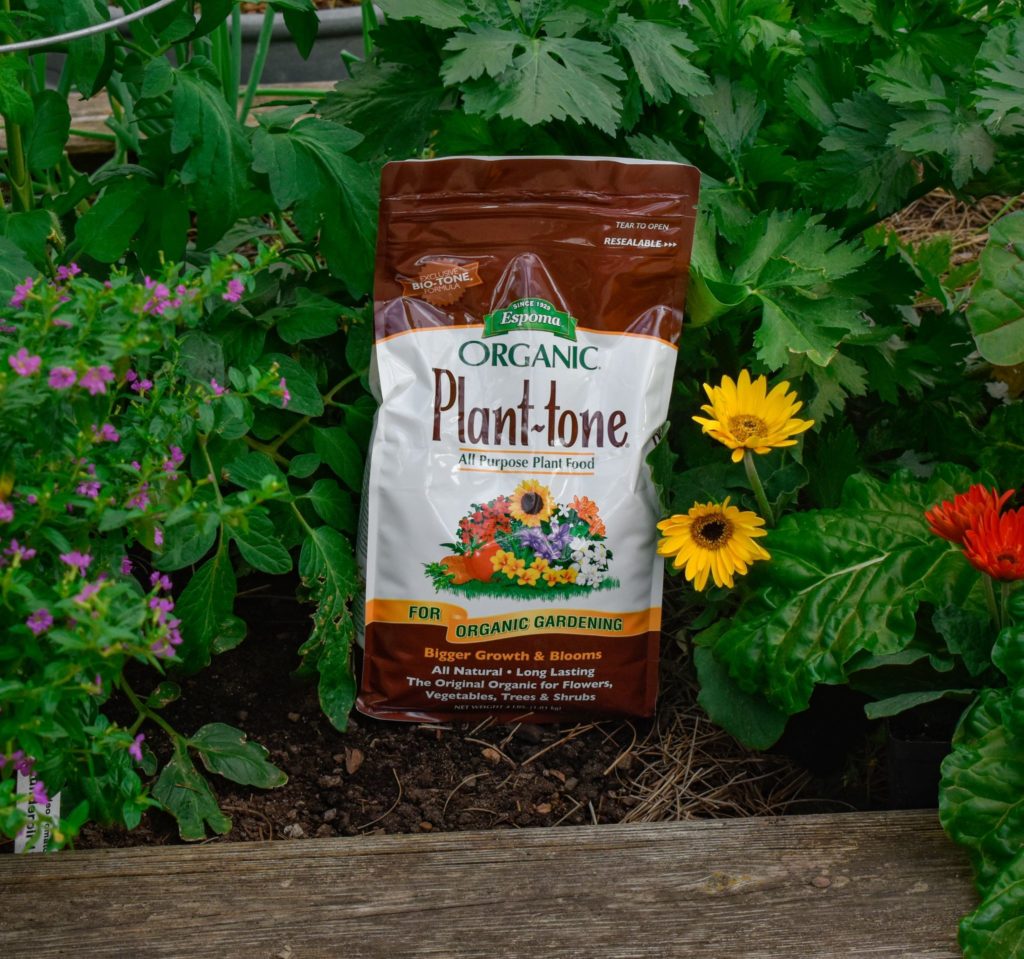
Spring’s here and plants are actively growing. That means they need food, just like us! Flowers and veggies are especially heavy feeders because they’re working to produce a bloom and fruit. And you will certainly notice a difference with your ornamental plants as well. Apply a good all-purpose organic food like Plant Tone or Medina Growin Green once a month for great results. Don’t sprinkle your granular fertilizer right up against the trunk of the plant. Instead, sprinkle at the drip line, aka where rainwater would drip off the outermost leaves. That’s the zone where plants take up nutrients. After you’ve applied your granular food, circle back every 2 weeks to supplement with liquid Hasta Gro. Almost everything should be fed this time of year, except lawns. More on lawns below…
5. Apply Pre-Emergent Weed Control Now and Wait to Fertilize Lawns
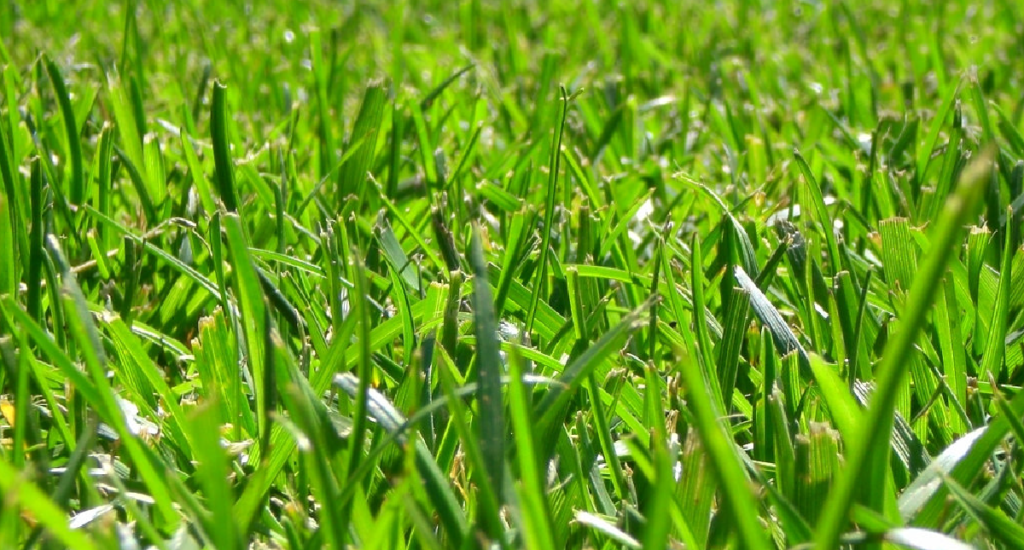
Lawns are coming out of dormancy and just now starting to actively grow, which means we need to wait a few more weeks before applying fertilizer. But right now is the time to apply pre-emergent weed control to kill weeds before they emerge. We recommend Hi Yield Weed and Grass Stopper with Dimension. Remember that pre-emergent weed controls are root growth inhibitors. They work by penetrating down into the top layer of soil where weed seeds are, but not down deep enough to affect grass roots. They should only be used in areas where you have thick, healthy grass with established roots, not areas where you plan to plant more grass this spring or thin areas where you want grass to fill in. If you have weeds that have already sprouted, spray lawns with Weed B Gon, Image, or organic Captain Jack’s Lawn Weed Brew. All three are safe for Floratam St. Augustine lawns. Or you can spot treat weeds with organic Captain Jack’s Dead Weed Brew. Bottom line: control weeds now BEFORE you fertilize in late March/early April. This is why we don’t recommend using “weed and feed” type products.
We’ve been blown away by the amazing Spring blooms at Gill’s this week! We’re always on the go, but no plant person can resist stopping to smell fresh roses or to brush against a Copper Canyon Daisy to release the wonderful scent. If you want to bring some fragrance to your landscape, here’s what we’d recommend planting now.
Sweet Mademoiselle Rose
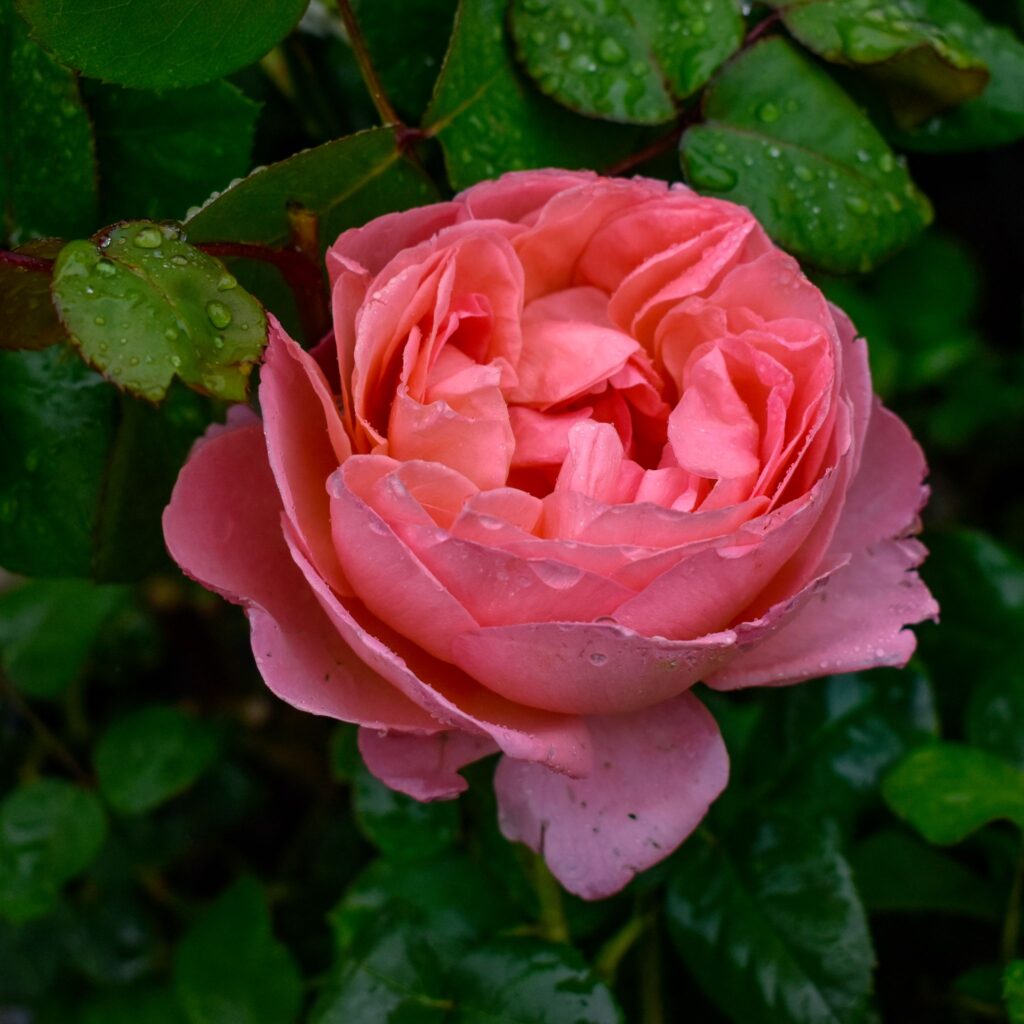
The cool weather this week really brought out the color of our Sweet Mademoiselle Rose blooms! This is a new variety bred for the color and excellent disease resistance. The scent is soft, delicate, and unique – sort of like a rosy tea.
Almond Verbena
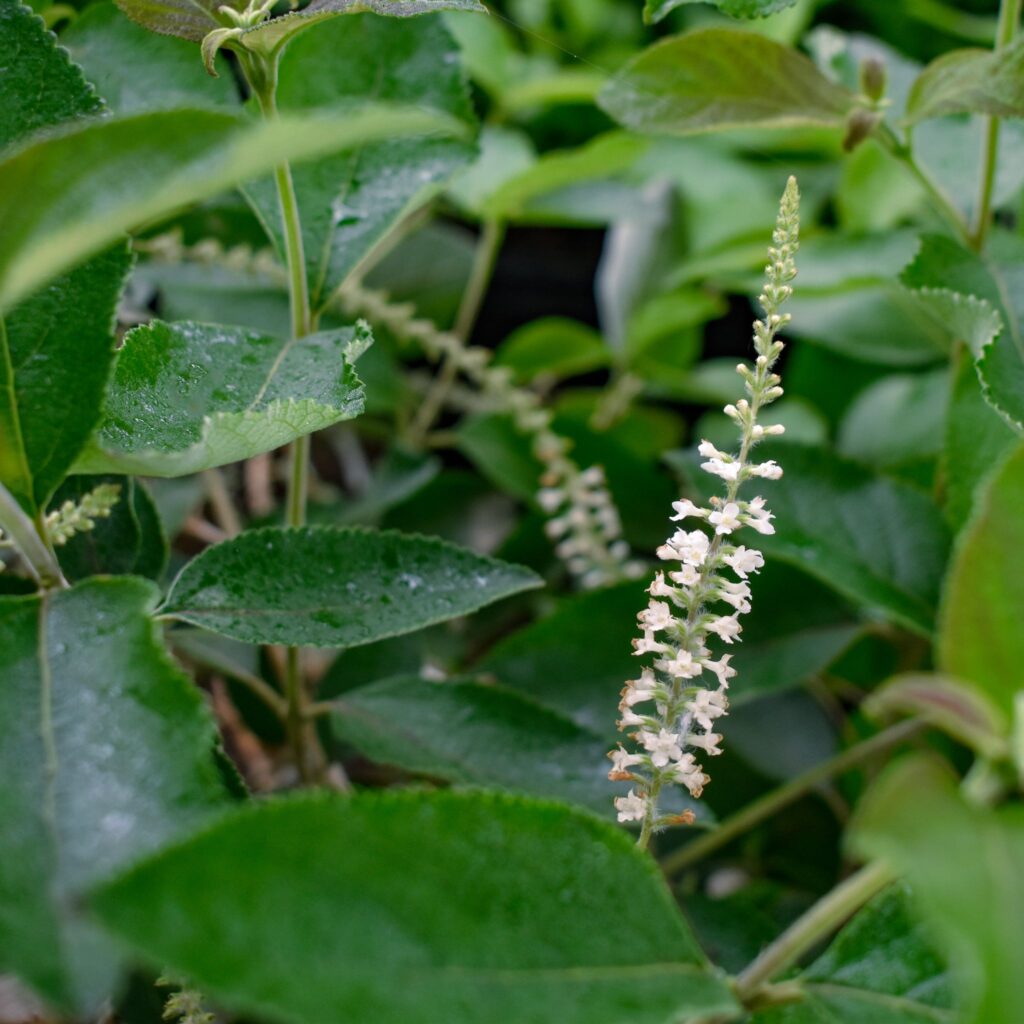
Almond Verbena blooms might be our favorite scent in the garden. They really do smell like sweet almonds, and when the wind is just right, you can smell them all the way across the garden center! Great cold hardy, tough, and drought tolerant plant for shady/partial sun spots. Easy to prune to your desired shape, and to encourage more blooms.
Maid of Orleans Jasmine
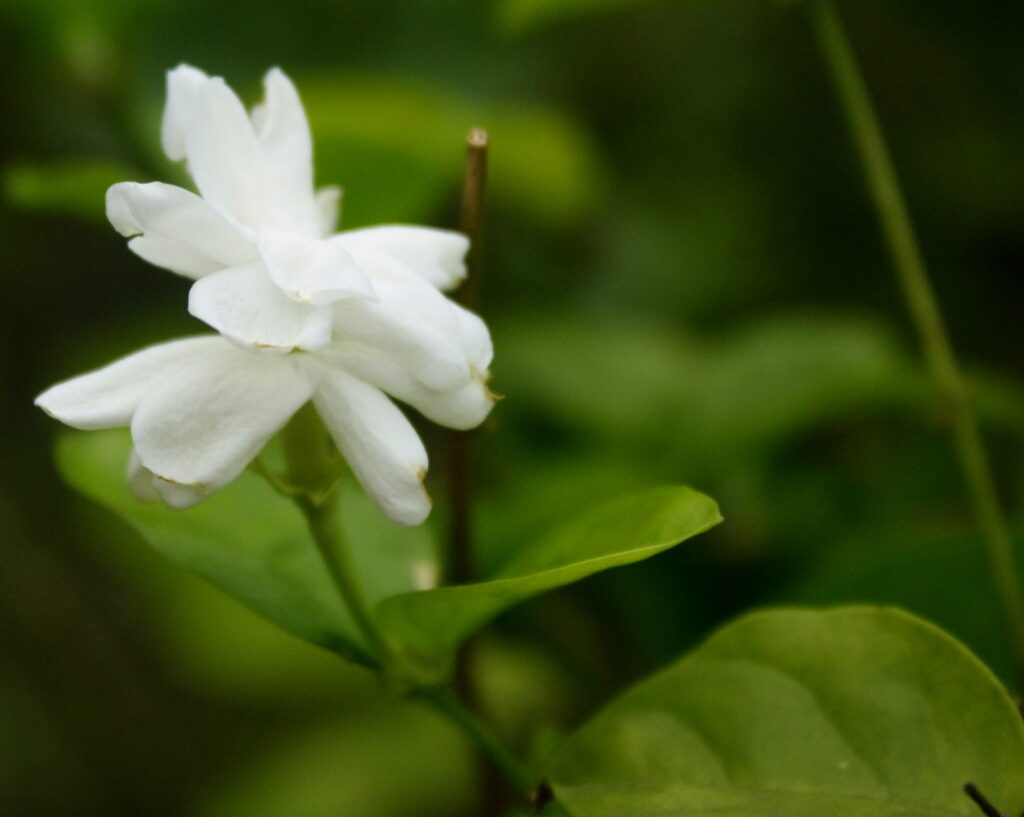
Maid of Orleans aka Arabian Jasmine is a vining evergreen shrub with wonderfully fragrant flowers that are used for tea and in the perfume industry. The fragrance is similar to Star Jasmine – sweet and intense! Hummingbirds and butterflies love it too.
Night Blooming Jasmine
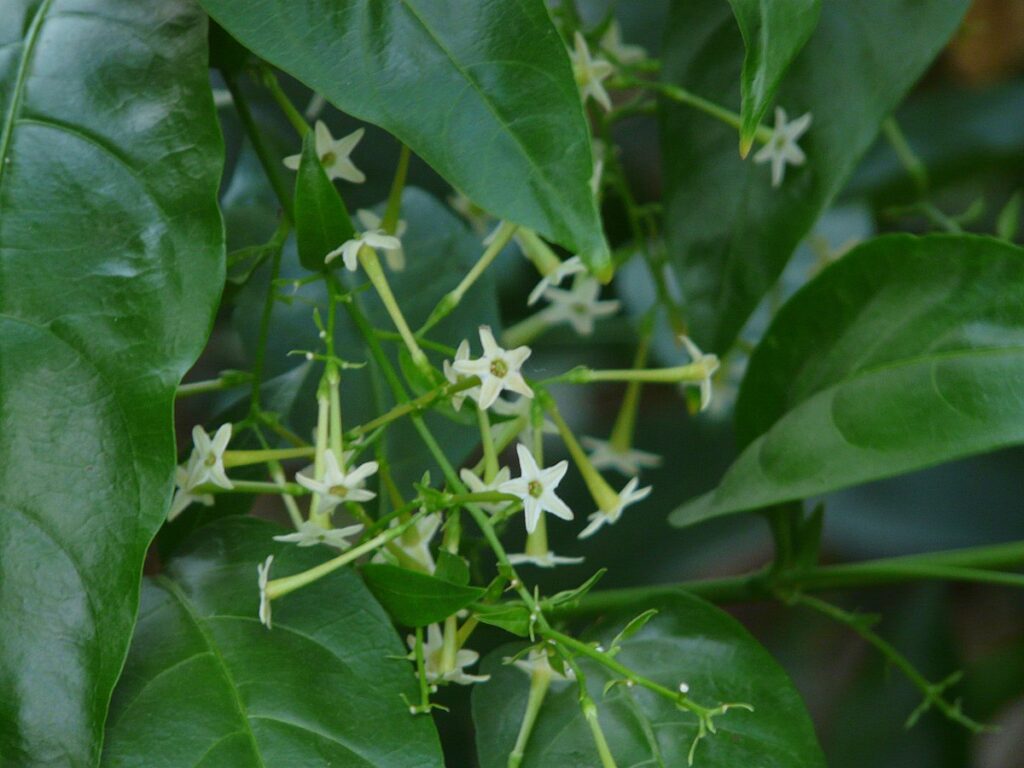
Night Blooming Jasmine is not a true Jasmine, but it gets its name from the fragrant white blooms. It’s actually part of the Solanaceae family which includes potatoes and tomatoes. The blooms open at night an emit a very strong (in a good way) scent. Think of Night Blooming Jasmine as more of a sprawling woody shrub than a vine. Once established, they’re cold tolerant down to about 25 degrees.
Copper Canyon Daisy
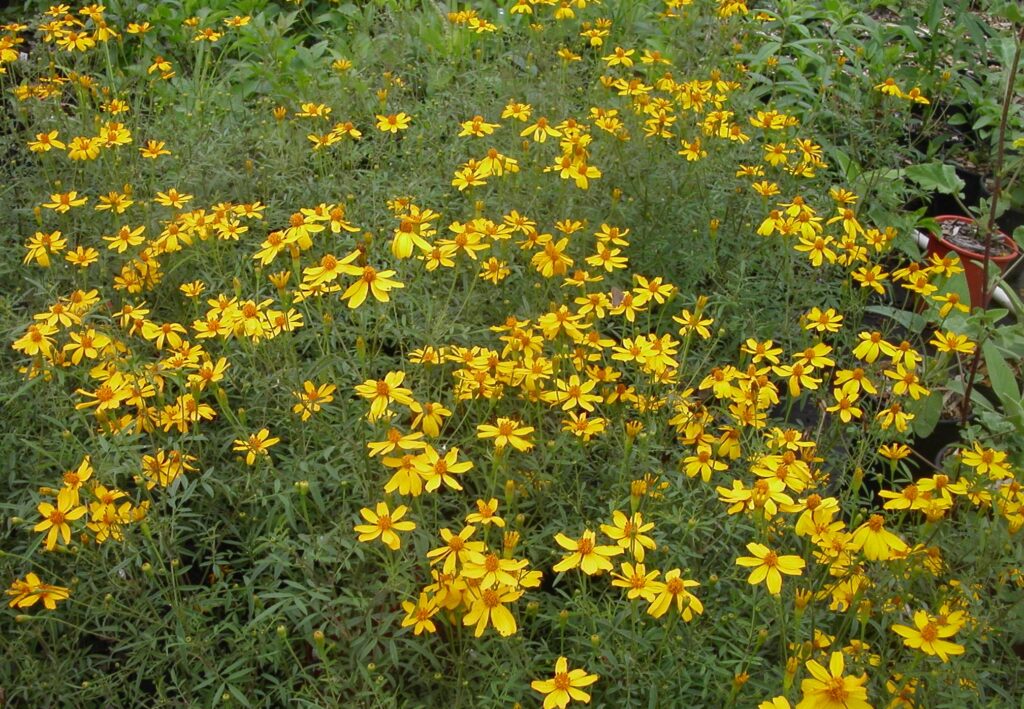
Copper Canyon Daisy aka Mountain Marigold is native to the Southwest US and Northern Mexico. The bright yellow flowers are attractive to bees and butterflies, but its the foliage that smells so good. The fragrance that’s released when you brush against the plant is difficult to describe. Maybe fresh rain + a hint of lemon?
Arp Rosemary

We rarely meet a rosemary variety that we don’t like – they all smell great, and they have subtle differences in scent and flavor. We’re excited about Arp Rosemary this Spring because it’s cold hardy down to 20 degrees! Great in the ground or in a pot with an upright growth habit.
Citronella Geranium
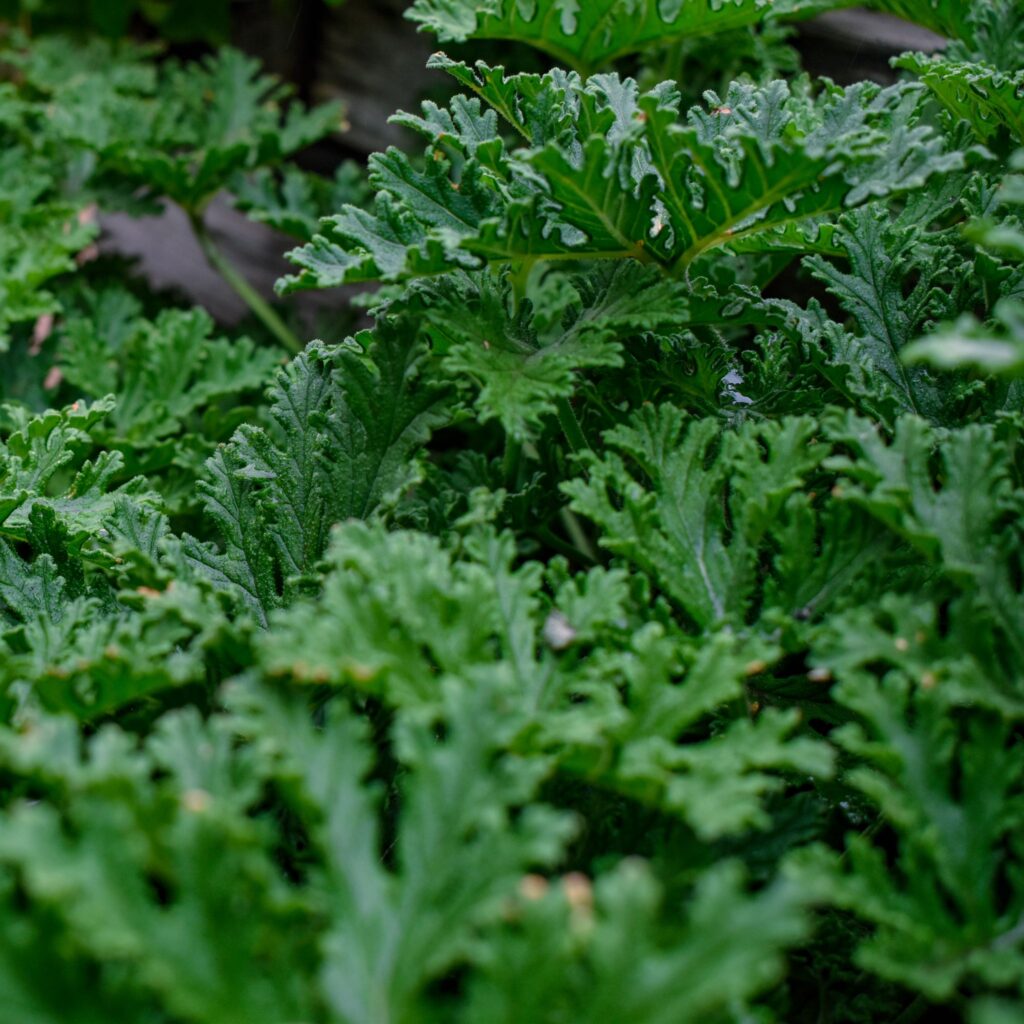
Some would call the scent of Citronella Geraniums pungent, and others adore it. The most common use of the plant and it’s strong scent is to repel mosquitoes. Place it near the door or along walkways, and periodically disturb the foliage with a broom to release the fragrance.
Texas Kidneywood
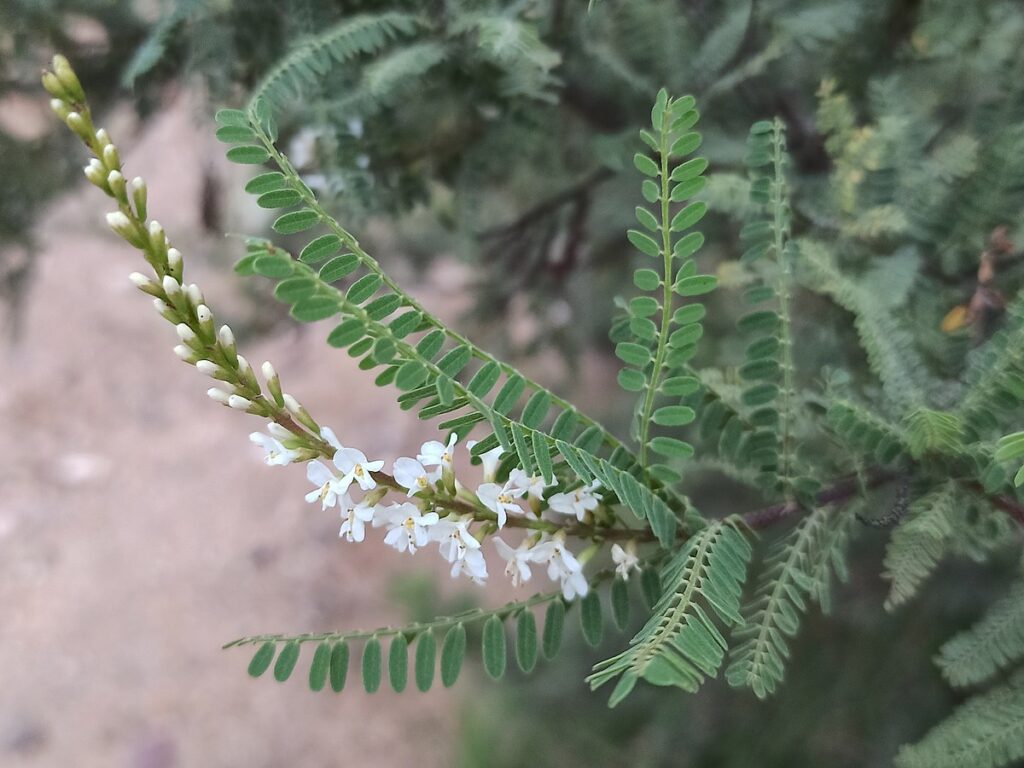
Kidneywood is a Texas native shrub/small tree with delicately fragrant blooms and leaves. Kidneywood likes a location with dappled light (some sun/some shade) and is both cold hardy and drought tolerant. The blooms attract bees and butterflies and the wood is sometimes used for dyes.
Mexican Mint Marigold
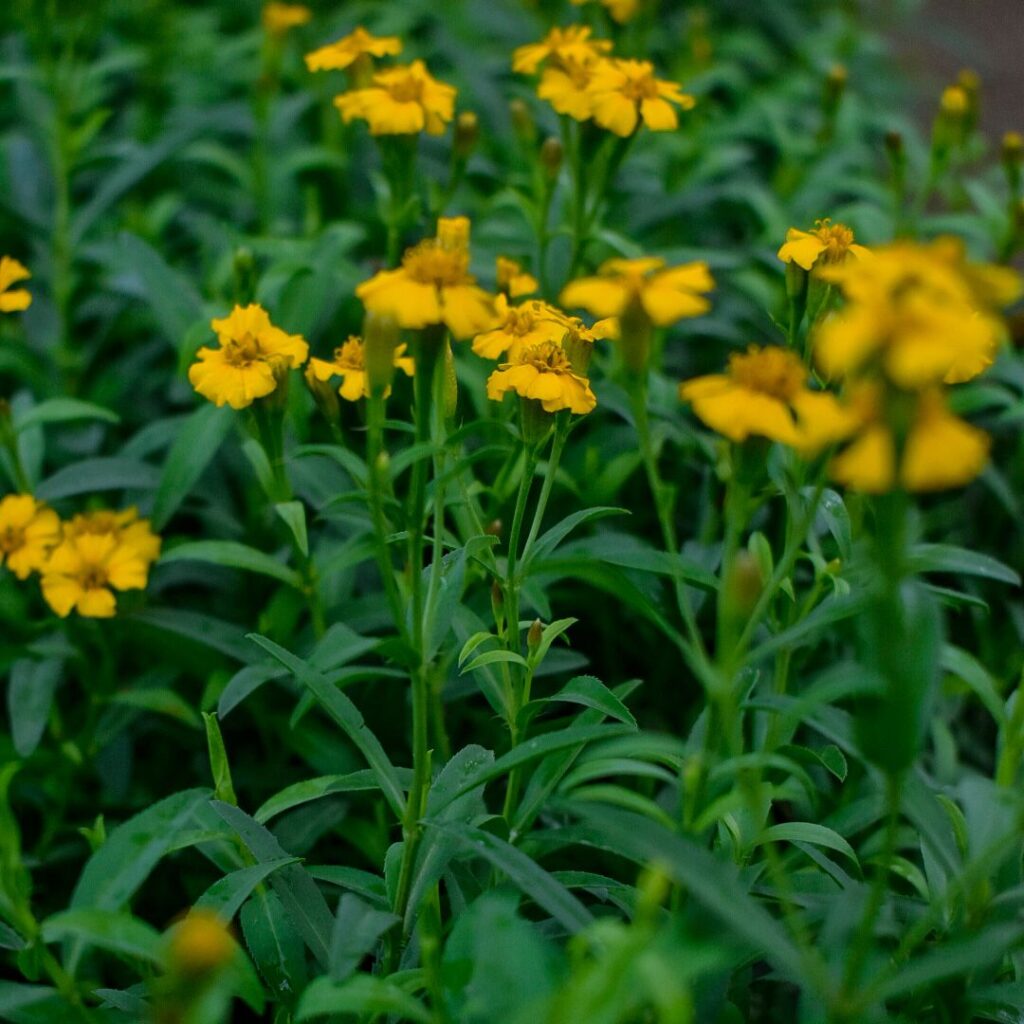
Mexican Mint Marigold aka Mexican Tarragon or Texas Tarragon is an aromatic herb with beautiful flowers and a fragrance similar to anise or licorice. Great for a full-sun location, and makes a great potted plant since it needs good drainage. You can use it in the kitchen as you would tarragon with chicken, fish, compound butter, etc. And we think it makes the BEST salad dressing.
Sansevieria??
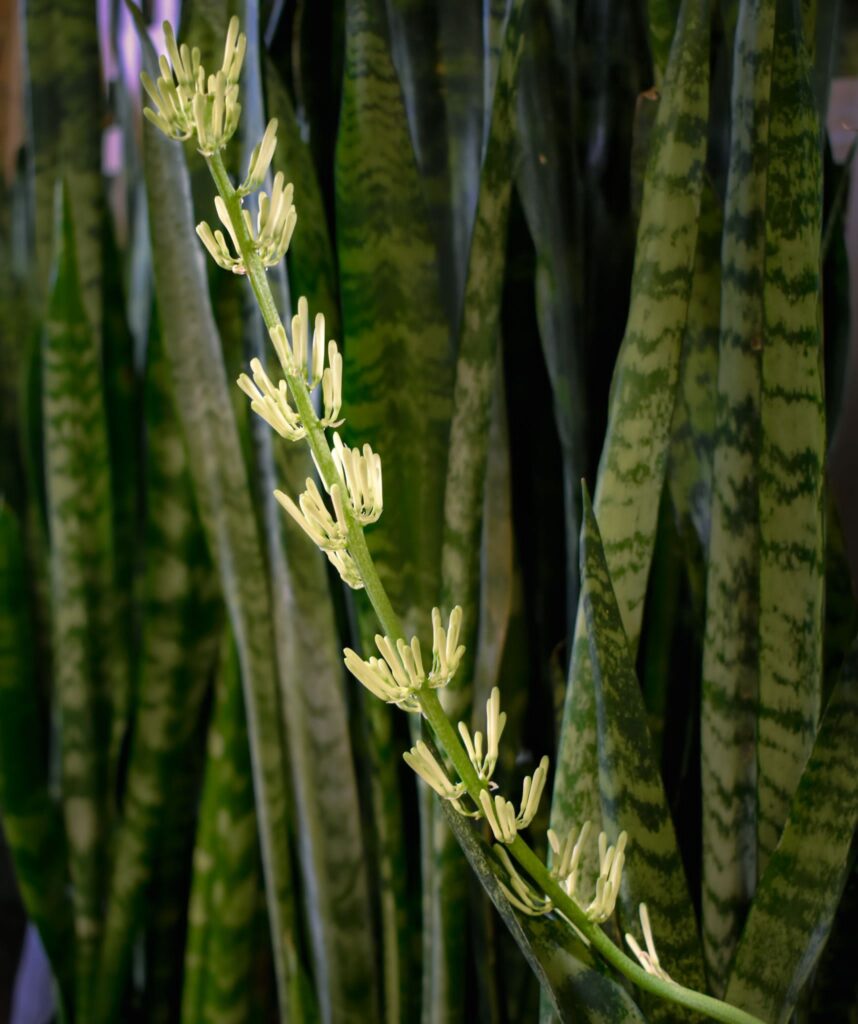
Did you know that Sansevieria sometimes bloom?! This is rare, but we have 1 here at Gill’s right now that’s about to flower. If you’ve never smelled a Sansevieria bloom, be sure to stop by in the next few days. We plan to keep it here until the blooms fade so everyone has a chance to smell the incredible (and incredibly strong) fragrance. If you want to encourage your Sansevieria to bloom, keep the roots constricted in a small pot and give it more light. No guarantees, but it’s magical when it happens.
Spring is in full swing! Everyone’s busy planting, re-designing, fertilizing, and getting ready for holidays and weekends with family and friends. Here are our top tips in the garden this month.
1. Feed Your Lawn and Plants

Fertilizing/feeding your plants this month is a must. This includes lawns, trees, and most plants. Everything is actively growing, which means they’ll need more food to continue looking their best. For lawns we love organic Medina Growin Green once in Spring (now), once in Summer, and once in the Fall. Medina Growin Green is a great multi-purpose food for shrubs and trees too. For blooming perennials, annual flowers, and veggies we really like organic Plant Tone by Espoma and Medina Hasta Gro liquid. Feed with Plant Tone on the 1st of each month, then follow up with liquid Hasta Gro on the 15th.
2. Water Slow and Low
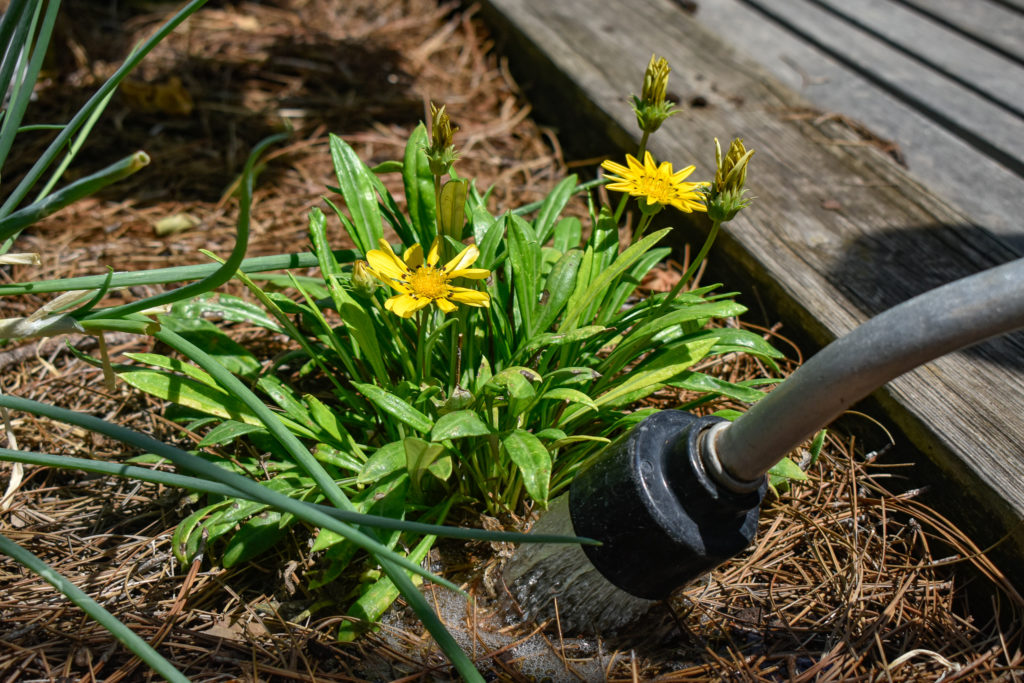
Proper watering, along with proper fertilizing, keeps plants and lawns healthy and resistant to pests and disease. Here’s a tip to remember: water “slow and low”! Watering slowly (by turning down the pressure on your watering wand or kinking your hose) ensures that more water gets down to the roots instead of running off the surface. Watering plants low to the ground keeps water from escaping via wind and evaporation and keeps water off the leaves which can invite fungal issues.
If using sprinklers or an irrigation system, be sure they’re working properly and always check current City of Corpus Christi watering rules here. For new landscape projects that require irrigation to get established, and some other situations, you can apply for a temporary exemption to watering restrictions with the City. We can help you with that if you need.
3. Plant for Nature
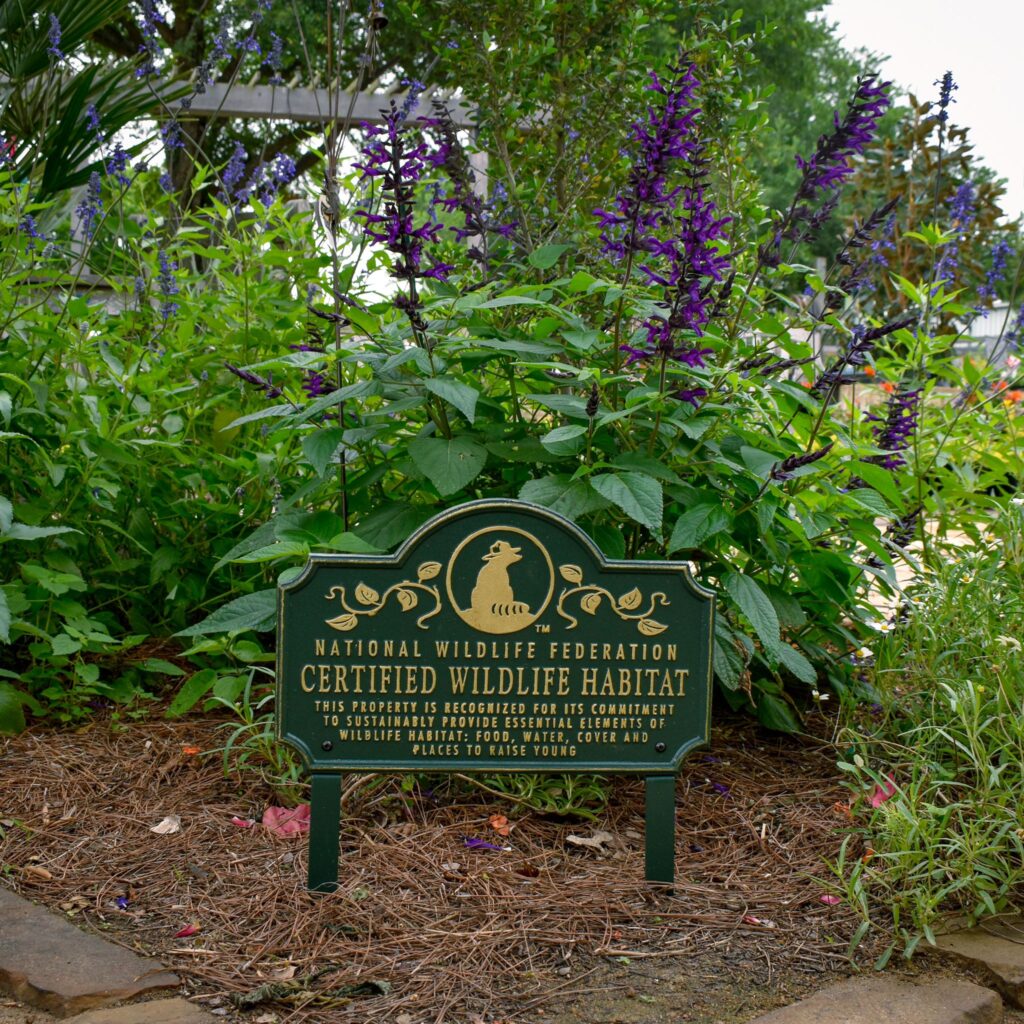
Add some blooming perennials to attract pollinators like butterflies, bees, and birds to your garden. You support them (and the planet!) and they help you have more blooms and better production on your veggies! By including plants that provide food for pollinators, and meeting a few more simple criteria, you can even make your garden a certified wildlife habitat with the National Wildlife Federation. We just certified our pollinator garden here at Gill’s!
4. Plant Your Warm Weather Veggies
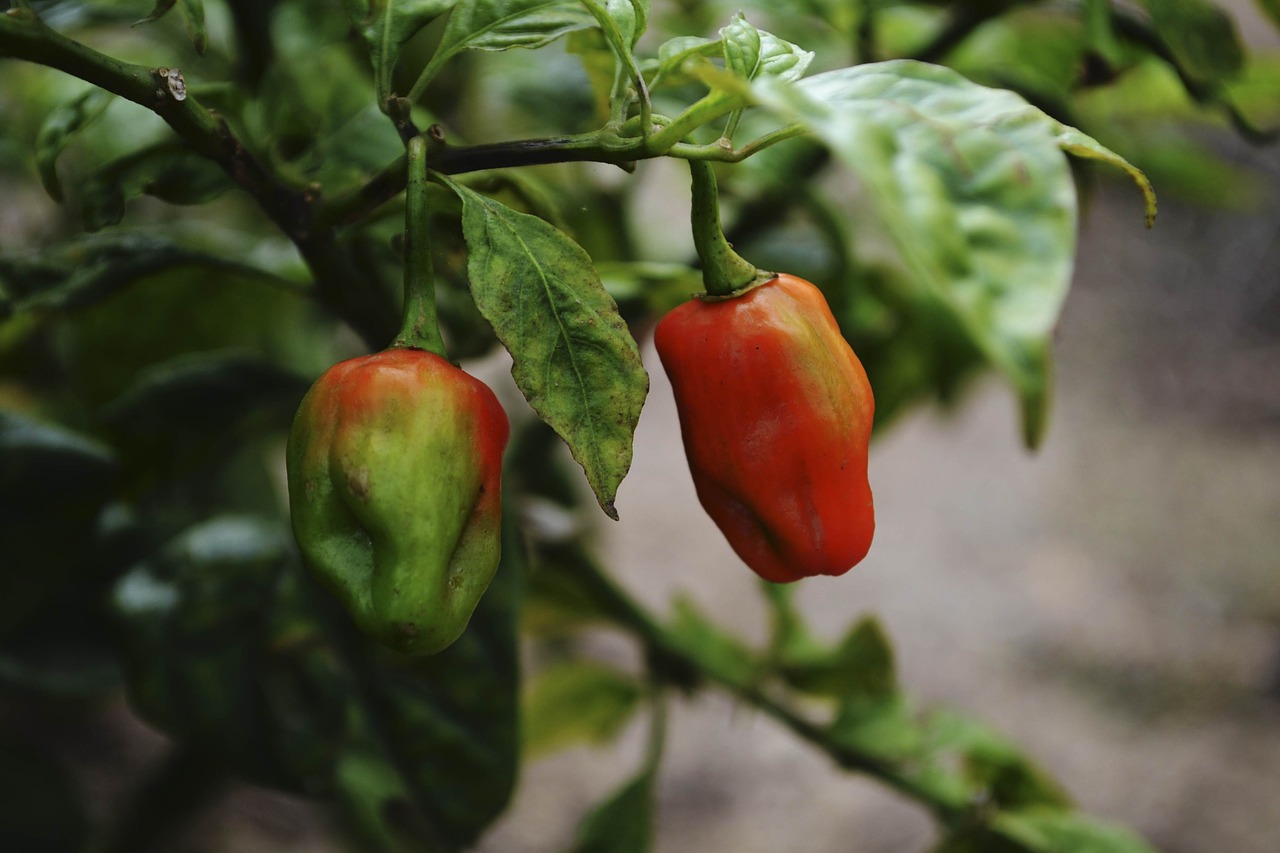
It’s time to plant hot peppers, squash, zucchini, basil, beans, and more! Tomato time has almost passed, but we still have a few if you still really want to plant a tomato. When starting veggies, the trick is to get the soil as active and alive as possible. Amend your existing soil with Nature’s Blend Compost (about 1 bag per 12 sq. ft.), then add a little Bio Tone starter fertilizer with mycorrhizal fungi and a good handful of worm castings when you plant.
5. Get Ready for Guests
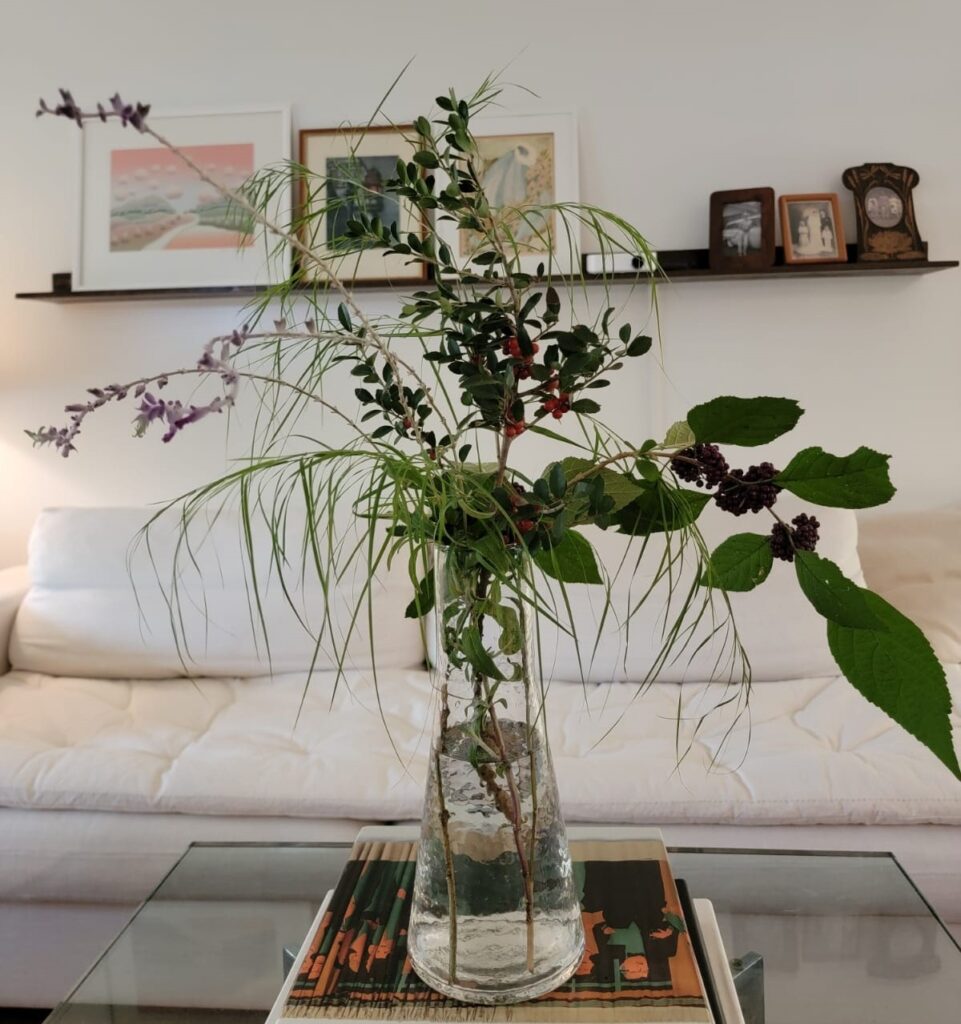
April is time for holidays with family and friends. And a great time for plants! For the quickest and easiest impact outdoors, think hanging baskets overflowing with color + fresh mulch in your beds. For indoors, our favorite flower arrangements are those cut fresh from the garden and landscape.
Check out our April Garden Guide for more tips!
May means Mom’s Day, graduations, and more BBQs and family holidays outside! May is also Mental Health Awareness Month. As gardeners, we know growing plants and being outdoors are necessary for our wellbeing…and so much fun! As one of our customers put it recently, “I believe that people who garden are the most hopeful and positive individuals.” Here are our Top 6 Must Do’s this May to keep you and your garden feelin’ good.
1. Join Us for Garden Talks and Events!
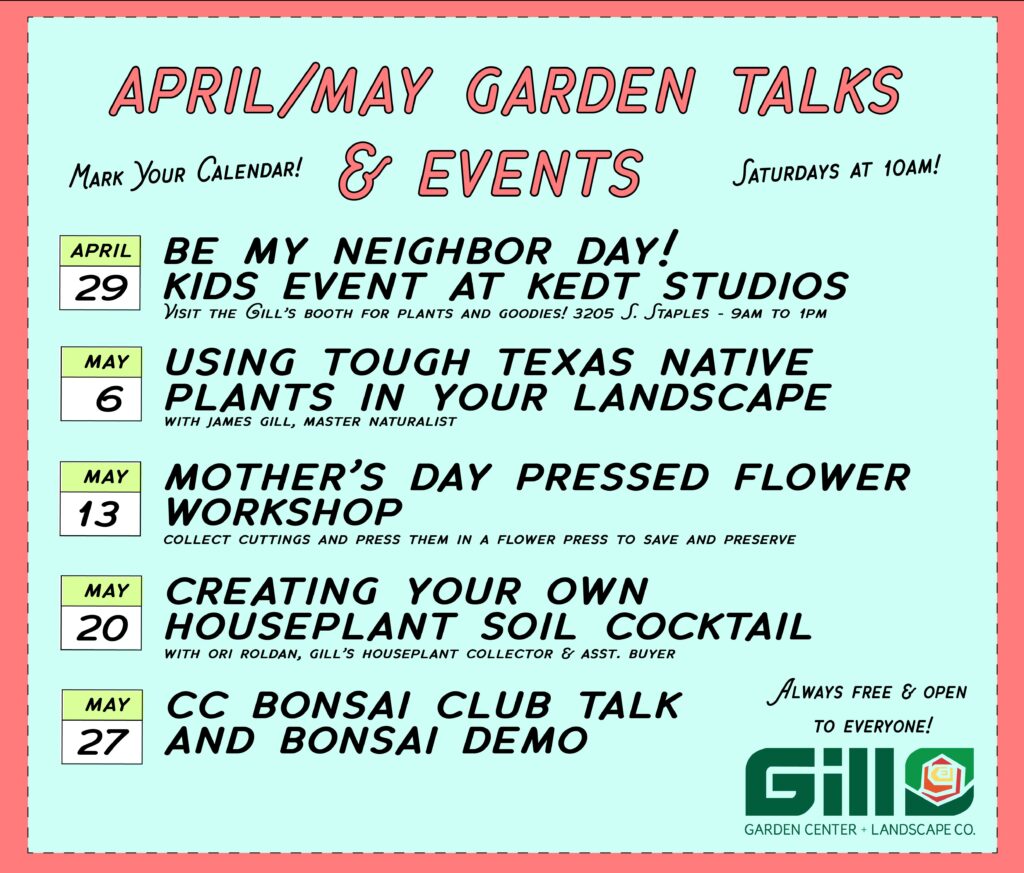
We’ve got a fun May planned here at Gill’s, and we’re kicking it off this Saturday, April 29th, 2023 at Be My Neighbor Day! This is a community event at KEDT Studios at 3205 S. Staples from 9am-1pm. Gill’s will have a booth with seeds, plants, and goodies for kids who attend. Then every Saturday in May, we’re hosting garden talks and events here at Gill’s. Sure to be lots of fun and lots to learn and discuss! Stay tuned for more info!
2. Plant Blooming Perennials and Trees
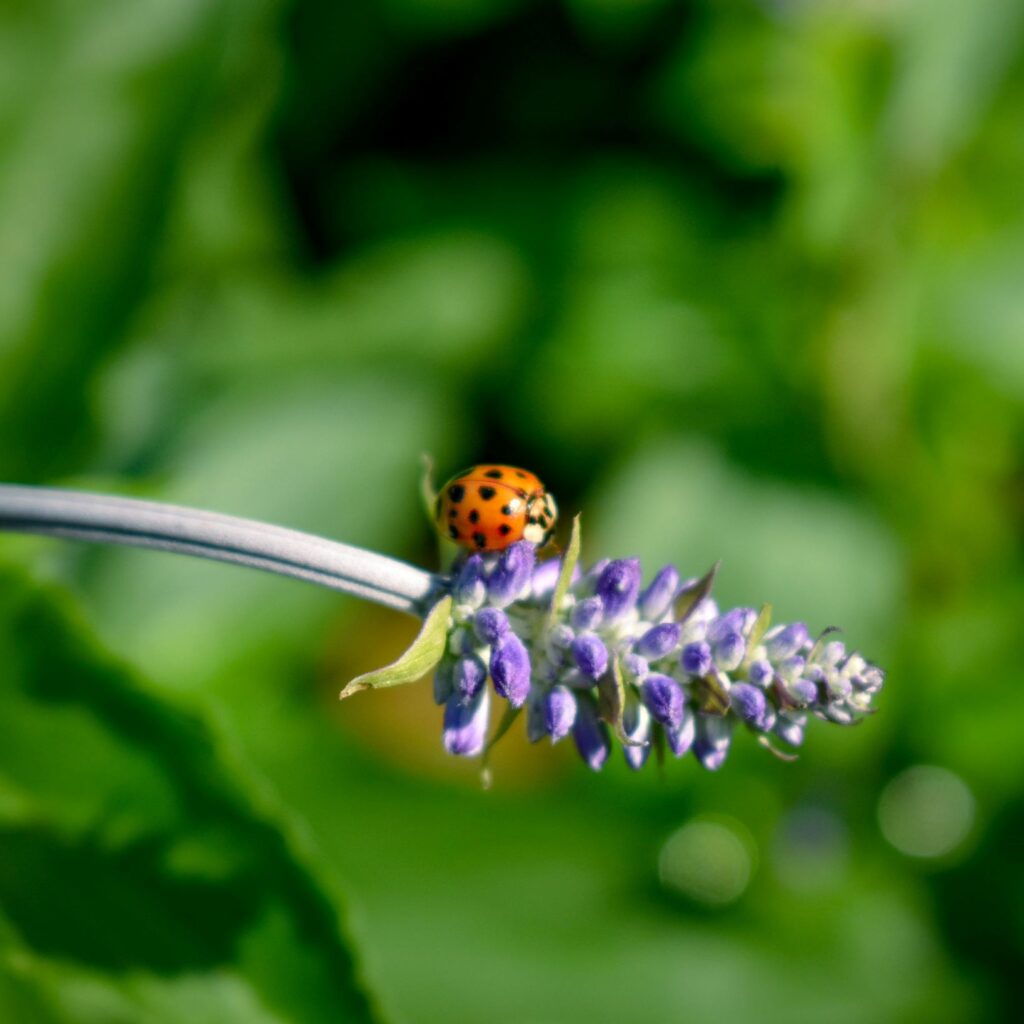
It’s still time to plant lots of different blooming perennials and blooming trees. Get them established now so they are better adapted to withstand warmer temps this Summer. Staples like Esperanza, many varieties of Salvia, Jatropha, Lantana, and more are all blooming beautifully right now. And blooming trees like Crape Myrtles, Vitex, Retama, and Wild Olive are looking great right now too. Added bonus: these blooming perennials and trees attract lots of butterflies and hummingbirds!
3. Plant and Harvest Veggies

Warm weather veggie time! Plant peppers, zucchini, squash, and okra this month for continued harvesting into the Summer months. If you planted tomatoes, cucumbers, and other early Spring veggies, you’ll be harvesting now or soon. Be sure to harvest often! It keeps birds & insects from finding them first. If you do have insect issues in your veggie garden, our go-to organic control is Spinosad – safe for food but takes care of bugs. Recent rains have been great for veggie gardens. Remember to keep watering as the weather warms up and dries out to maintain depth moisture. Soaker hoses are great to snake around your plants keeping water close to the ground and root systems.
4. Tend Your Lawn

In Spring and Summer, water your lawn once a week unless we have rain. Invest in a sprinkler that’ll do the work – we have them. Hand watering the lawn may feel therapeutic, but you won’t get good coverage and depth. Once a week, nice and deep for a healthy lawn.
When mowing, the proper height for St. Augustine lawns is around 3 inches. For Bermuda lawns, keep mowed to around 2-2.5 inches.
Feed with Natural Fertilizers: Medina Growin Green or Milorganite. These feed the lawn and the soil with great results. Water in to get them started.
Watch for lawn insects & treat when needed. Grub worms & chinch bugs are easy to control when caught early but there’s no need to treat unless you have them. Bayer Season-long Grub Control will do the trick for grubs. Cyonara takes care of chinch bugs. Reminder, you can bring us a grass sample any time you suspect a lawn disease or pest. We’ll diagnose (using our microscope if needed) and get you what you need to knock it out.
5. Set Your Mosquito Traps!
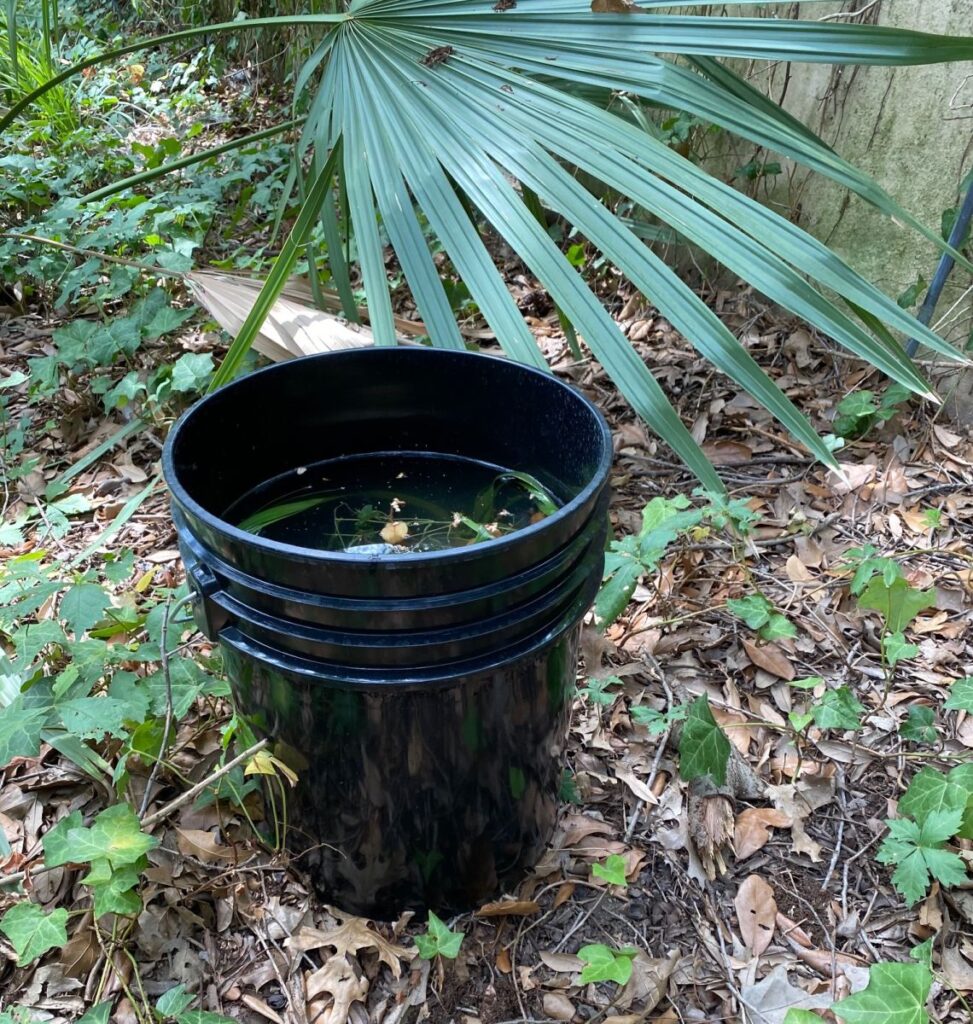
We are big fans of the simple bucket mosquito trap. Just fill a bucket 3/4 with water, add a good handful of lawn or plant clippings, and toss in a Mosquito Dunk or Mosquito Bits. These dissolve in the water and release bacteria that target mosquito larvae and kill them before they hatch. And they’re organic and not harmful to birds, bees, pets or humans! Set a few of these traps, sprinkle some organic Mosquito Beater granules around walkways and patios, spray organic Cedar Repel on your lawn, and use Skeeter Screen incense sticks near where you’re working or hanging out outside. Remember that using chemical mosquito foggers kills all the good bugs too, some of which also help control mosquitos and other bad bugs.
6. Gifts for Moms and Grads
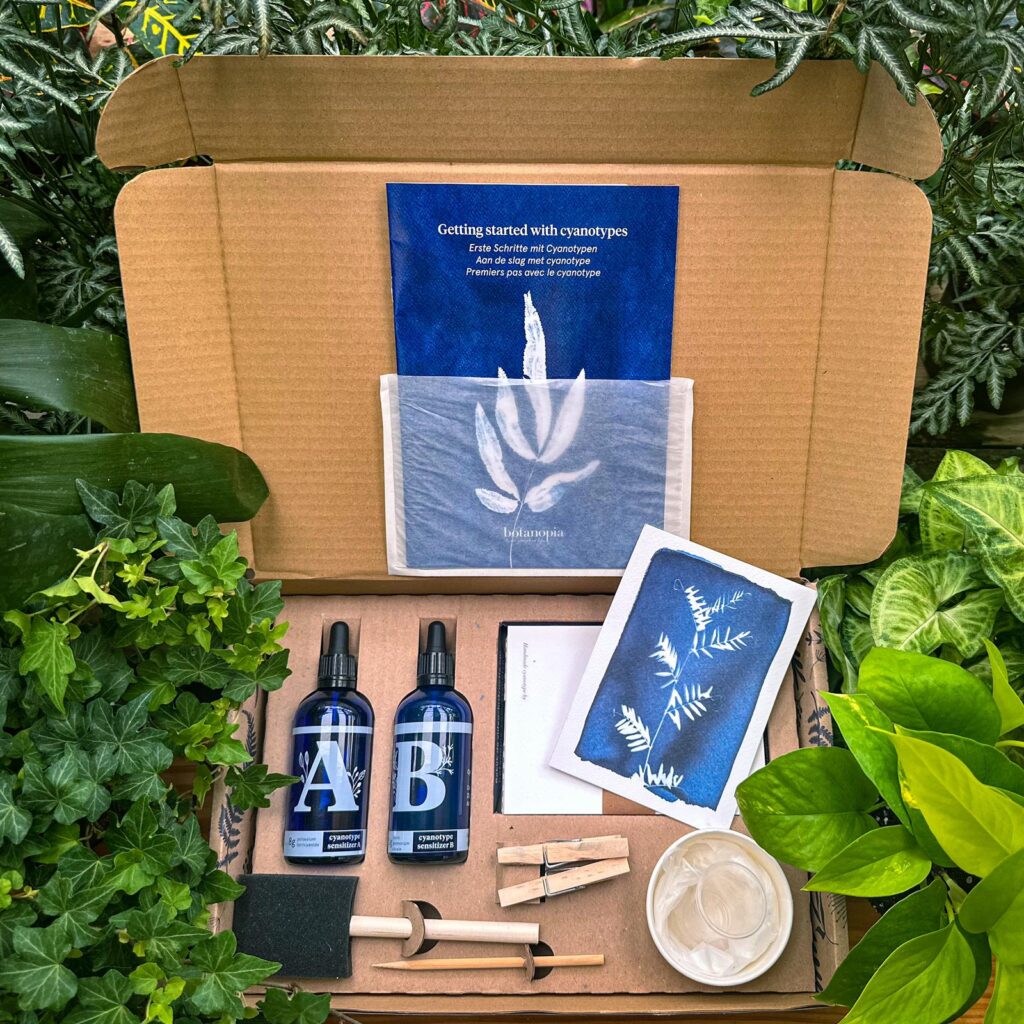
Let us help you find something pretty, useful, or both for the gardening moms and grads in your life. Pottery, birdbaths, wind chimes, garden tools, hats, gloves, garden decor, gift cards – lots of options. Check out this new cyanotype print kit – take cuttings and make cyanotype prints using sunlight! Or find the gift that gardeners love most – plants 🙂
Visit our May Garden Guide for more tips! Happy gardening!
It may not feel like it yet, but it’s time to start making the transition into an exciting new Fall planting season! There’s a lot to do in August to set yourself up for big garden success this Fall and beyond. Here are our top must-do’s!
Check out our August Garden Guide for more tips and remember that trees, shrubs, and perennials can be planted 12 months out of the year! The only difference is the amount of water they need depending on temperatures and wind!
1. Water Sufficiently AND Efficiently

With our temps and lack of rain, it’s vital to water your plants and lawn sufficiently AND efficiently. The goal with summer watering (with or without watering restrictions) should be to create depth moisture. For lawns and established plants and trees, this means watering less frequently, but watering deeply when you water. New plantings will require water every day for the first couple weeks to get the roots established. Use a water wand with a cut-off valve to make it easy on you and conserve water. Pro tip: Conserve water by watering at ground level, not spraying from above. This way, water soaks down to the roots rather than evaporating off the leaves.
2. Start Planting for Fall Pollinators!
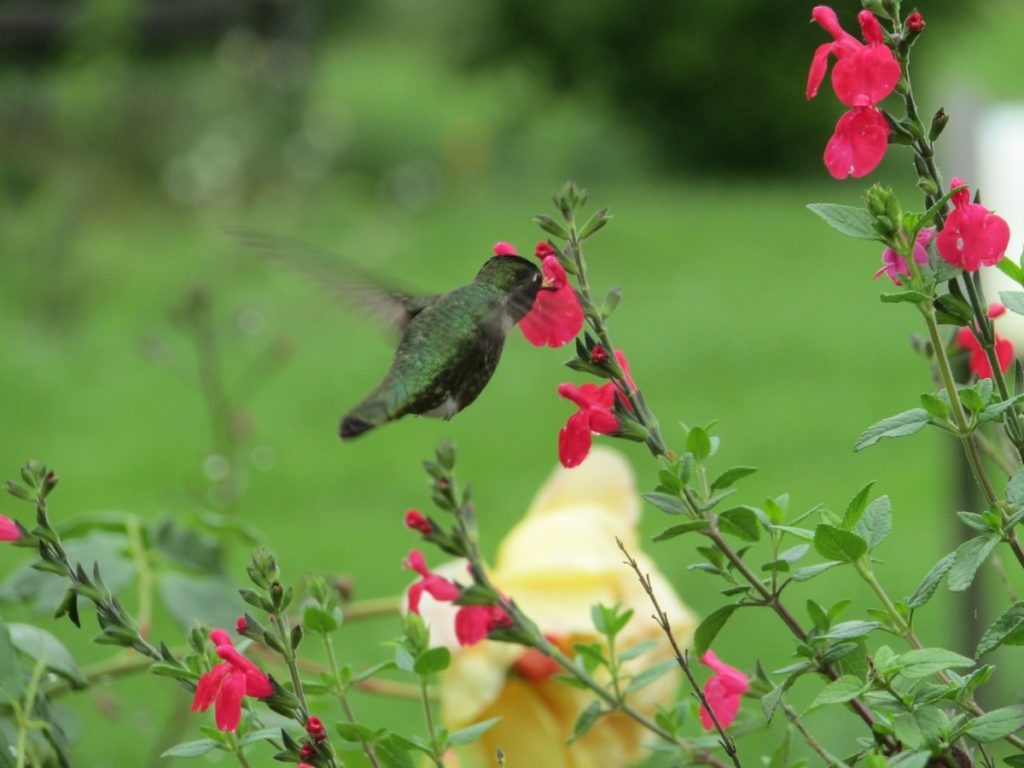
Important fact: birds, bats, bees, butterflies, beetles, and small mammals that pollinate plants are responsible for bringing us one out of every three bites of food. Plants attract and provide food for them to keep the cycle going. For example – plant Zinnia and sunflower seeds now, and they’ll be ready to feed migrating birds this Fall. Plant salvias now, get roots established, and they’ll be gorgeous this Fall and covered in hummingbirds, butterflies, and bees. Take it a step further and plant Texas natives! They provide for pollinators and require less water once established. If you’re excited about planting natives for pollinators, check out Homegrown National Park! It’s a nationwide movement to plant natives and restore native biodiversity at home. Just by planting a few native plants, you can get your yard on the map and become part of the Homegrown National Park.
3. Pick Out Your Seeds!
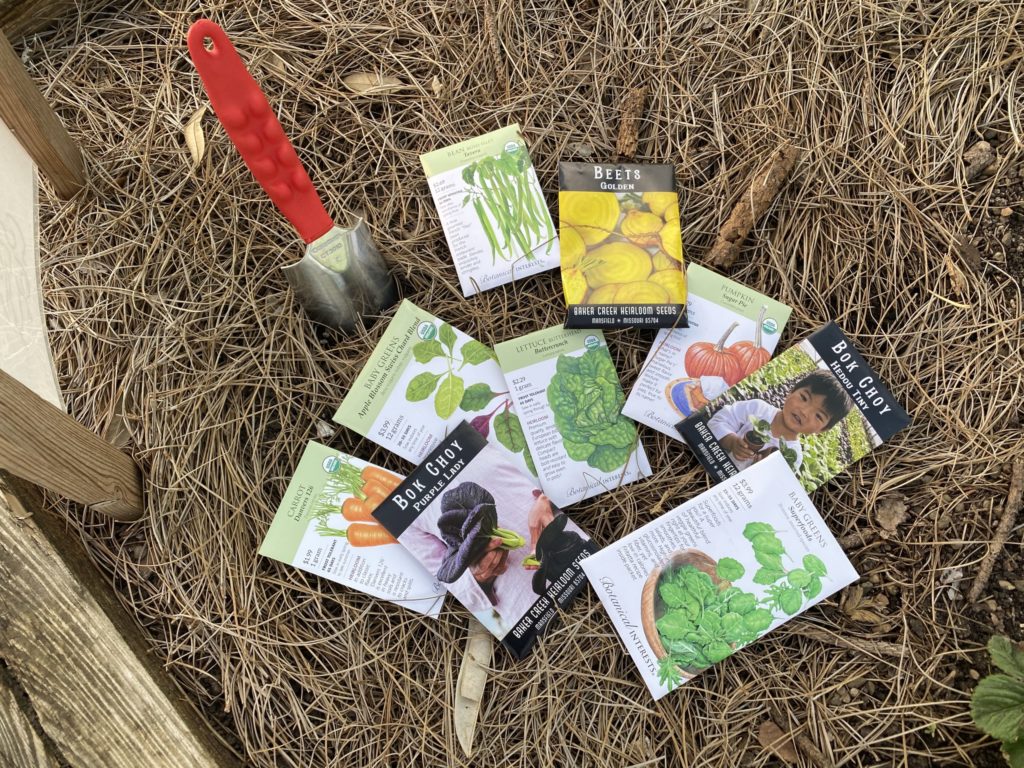
Watching your plants grow from a tiny seed is exciting and rewarding! Our Fall Vegetable Planting Guide provides the specific seed-planting dates to help plan your Fall garden. In early August, we’ll receive the new 2023/2024 seeds from our favorite seed suppliers, including heirloom vegetables, new releases, and wildflower seeds. Use peat pots or seed starting trays to start seeds indoors this month, then move to a covered patio once they sprout. This will protect the seedlings and slowly acclimate them to outdoor temps.
4. Prepare Your Garden Beds
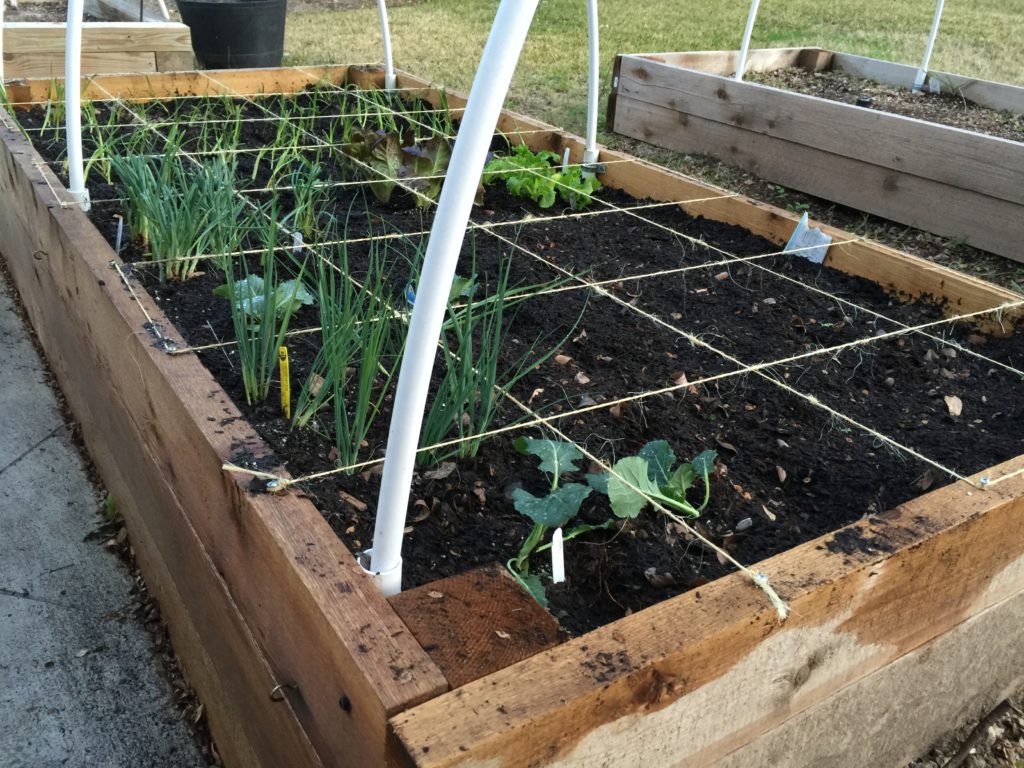
August is the time to start prepping Fall veggie beds! Finish your Summer harvesting, clean out your beds, and pull weeds. To get your soil ready, we recommend mixing Nature’s Blend Compost or Cotton Burr Compost into your soil to replenish nutrients and loosen the soil before planting. About 1 bag per 12 sq. ft. is good. Once prepped, add a thick layer of pine straw mulch, which will help retain moisture, keep weeds from sprouting, and keep the soil cooler until you’re ready to plant. As you plan your space, think crop rotation – don’t plant the same veggies in the exact same place you planted them last season, or you encourage pests and diseases.
5. Mulch for Moisture Retention
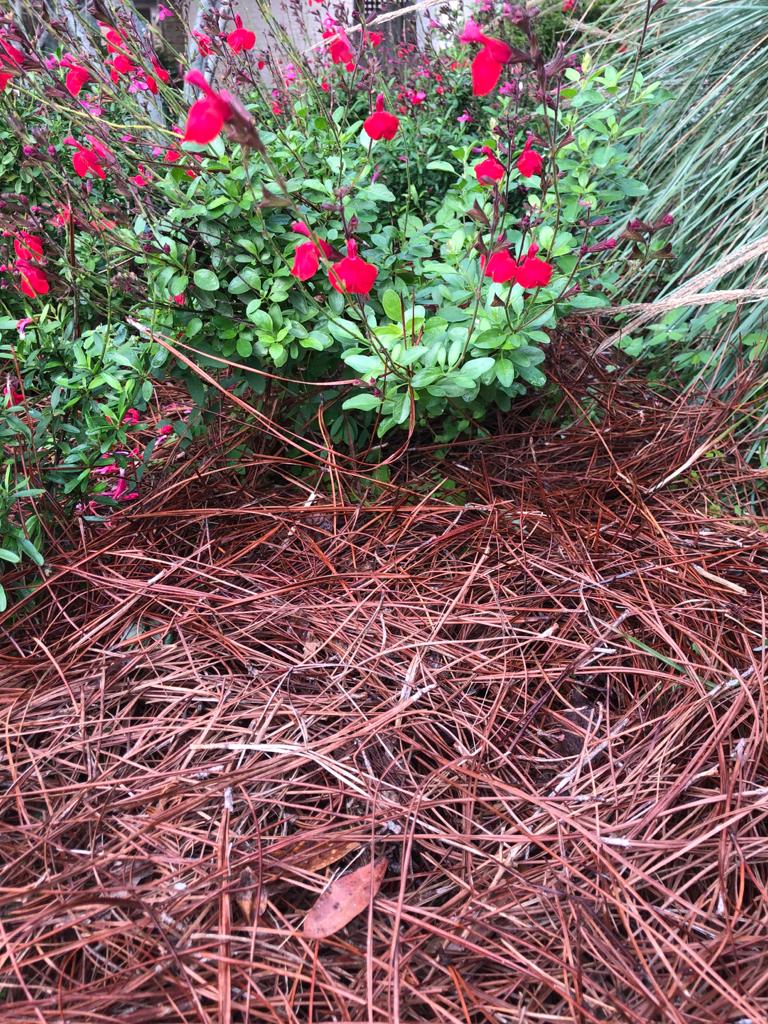
We know fresh mulch is the quickest way to refresh the look of your landscape. Proper mulching has other big benefits, especially during dry and hot weather. A good 3” deep layer of mulch will keep your plants and the soil moist and cool for longer after you water. Not just a little cooler – we’re talking more than 25 degrees cooler!! Give the main trunks or stems of your plants a little space – mulch 3” deep throughout the bed, but no more than 1” deep against the main trunks/stems of plants.
6. Houseplants: To Repot or Not?
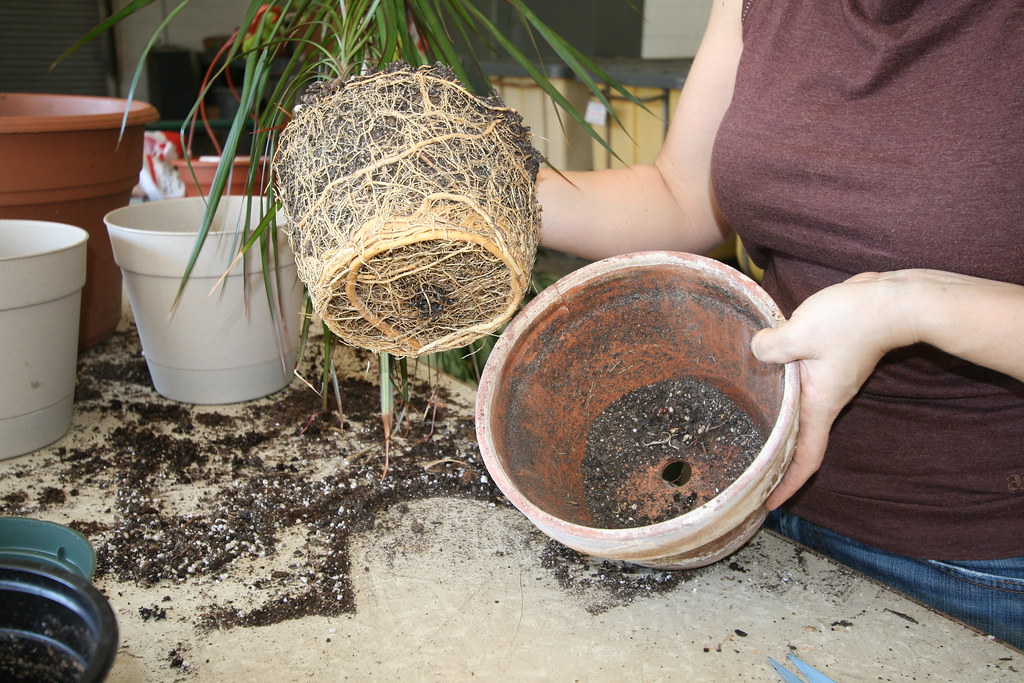
You may have noticed some of your houseplants seem to need watering every single day this summer. That could be a sign that it’s time to repot! Houseplants get root bound, meaning that the roots coil and basket around inside the pot until there’s not much soil left. Without much soil, the pot doesn’t hold much moisture when you water. This is not necessarily a bad thing. Houseplants generally like to be somewhat root bound, and it can help keep you from overwatering. If you do decide to repot a houseplant, choose a pot that’s 1-2″ larger in diameter and use a good, well draining potting mix. If you jump up to a pot that’s too big, the soil will hold too much moisture and your plant won’t be happy.
After some much-needed rain this week, we are beyond excited for fall! We’ve got some awesome talks and events planned for September to kick off the best gardening season. Here’s a preview – mark your calendar!
Kids’ Fall Seed Starting Workshop – September 9th
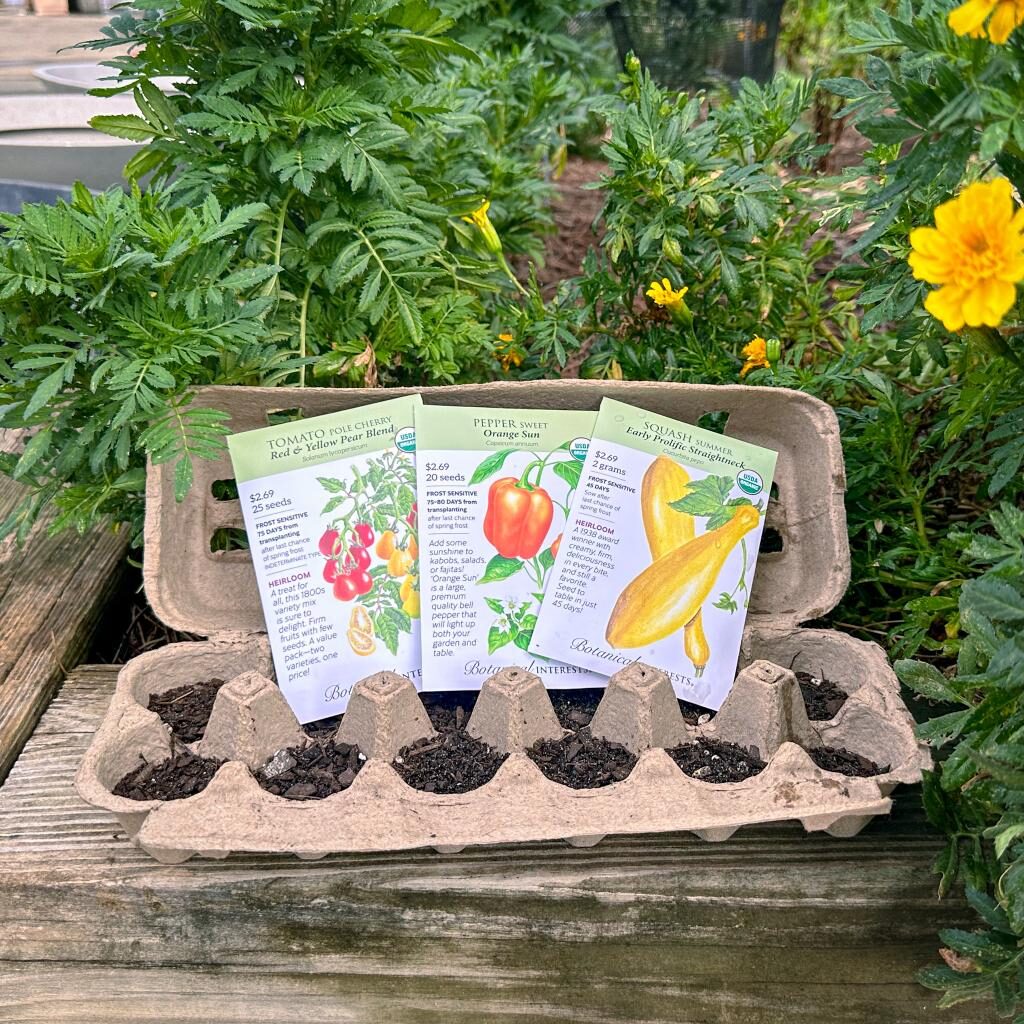
We’re kicking off the fall season with a hands-on seed starting workshop for kids – all ages welcome! Join us Saturday, September 9th at 10am here at Gill’s to learn how to start seeds! Each participant can choose seeds and fill up to 12 cells in their compostable egg crate to take home and plant in their garden. We’ll be here to help start the seeds and provide instructions for how to care for the seedlings once they sprout. Growing veggies from seed is SO rewarding and an awesome life skill. And early-mid September is the time to start all kinds of fall veggie seeds like corn, broccoli, kale, carrots, beets, and more!
Tree Planting 101 with John Wood of Tree Amigos – September 16th
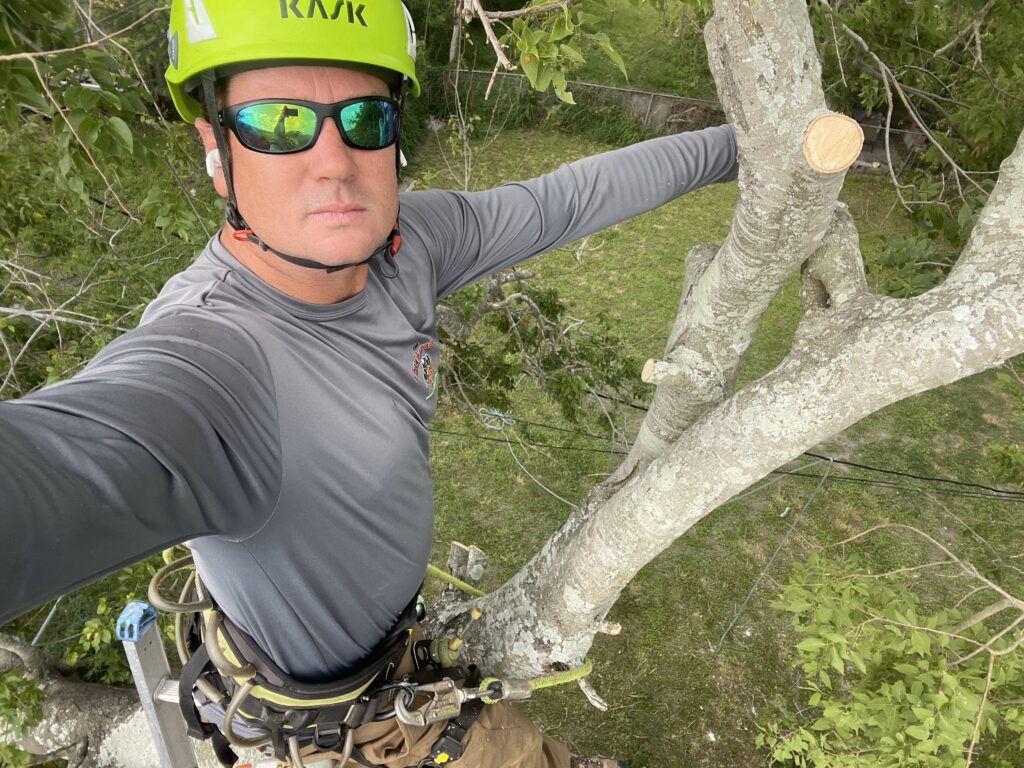
Tree Amigos is our go-to source for tree trimming, removal, and consultation in our area. Fall is our best time to plant trees, and we’re excited to welcome John Wood, Tree Amigos owner and certified arborist for a tree talk here at Gill’s on September 16th at 10am that’s guaranteed to be fun and informative. Here’s what John has to say about his talk:
“If you read 10 different books on how to plant a tree, not a single one of them will be able to agree with the others on how it should be done. However, they can all agree that however you are doing it is the wrong way! Come meet us at Gill’s and let’s get this sorted out. Join us for 1 entertaining hour to cover the condensed version of how to plant trees the right way.”
Fall Veggie Gardening with Andy Chidester of Medina Ag Products – September 23rd

We are thrilled to have our garden pal and organic gardening expert, Andy Chidester as a guest speaker here at Gill’s on September 23rd! Andy is our main contact at Medina Ag Products, makers of our favorite fertilizers, Medina Growin Green and Hasta Gro! She’ll discuss bed prep, what vegetables and herbs you should be growing, how to attracting beneficials to the garden, how to get more bang with your fertilizer, and more! Bring your veggie questions!
A few words from Andy: “I began making mud pies in my grandmother’s vegetable garden at an early age. This led to a lifelong addiction to gardening from vegetables, herbs, butterflies and bees, and now houseplants! I have worked in the horticultural industry since 1998, I am a State of Texas Master Gardener and Composter. And I am a soil geek that is still learning! I don’t know it all and always learn something when teaching a class! My next adventure – I am hoping to become a beekeeper! So, let’s have some FUN!”
After Hours Terrarium Building Workshop with Ori and Rose – September 28th
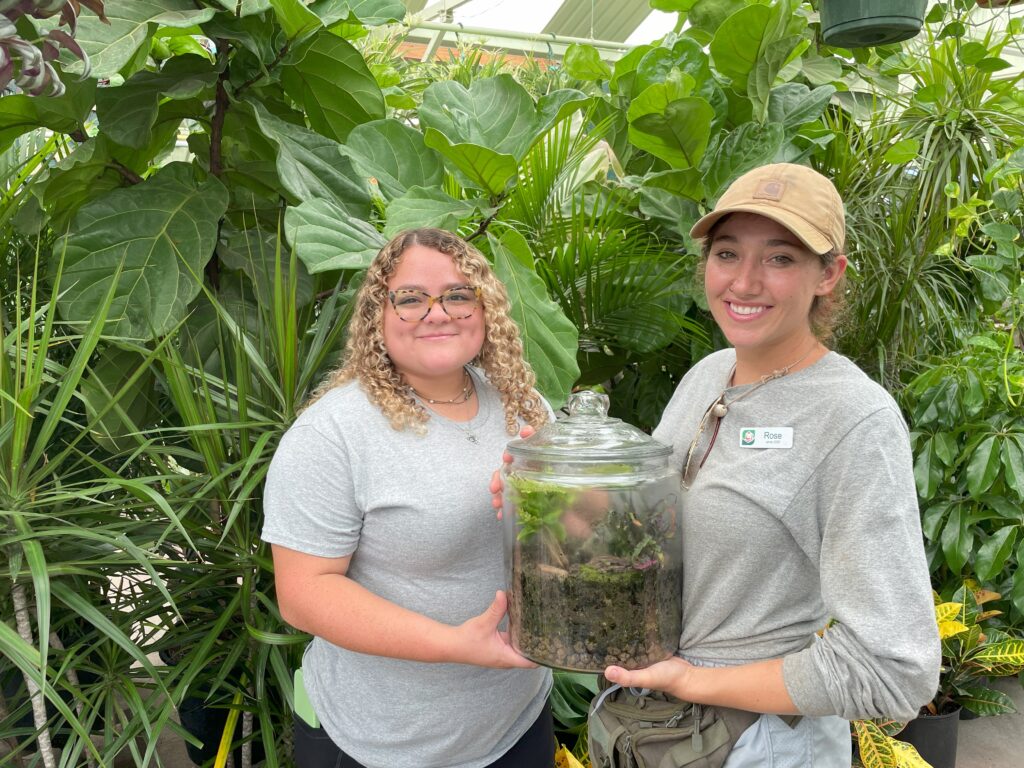
Join us Thursday evening, September 28th, from 6-7:30pm for our hands-on beginner terrarium building workshop! We’ll have stations set up indoors with terrarium containers, starter plants, moss, and supplies + drinks and bites! Come build something totally unique. Pricing and more info TBD!
Say hello to our BEST gardening season here in the Coastal Bend! September is the time to plant almost everything! And the recent rain is FANTASTIC news for getting started! Here are our top must-do’s this month as we head into our favorite planting season.
Check out our September Garden Guide for more tips and remember that trees, shrubs, and perennials can be planted 12 months out of the year! The only difference is the amount of water they need depending on temperatures and wind!
1. Ready, Set, PLANT Veggies, Herbs, Citrus, and Fruits!
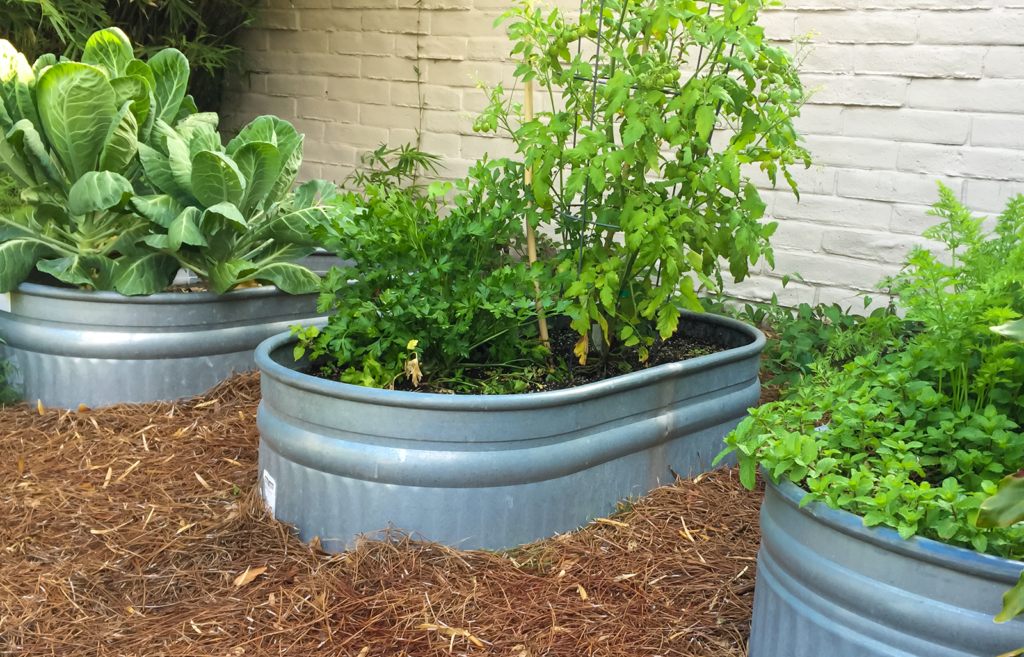
It’s time! Tomatoes, peppers, & warm weather edibles should be planted by now, or at least early this month. Plant cool weather veggies & herbs anytime this month and remember to shelter them from still-intense sun and keep watered. When planting, you can’t go wrong with organic BioTone starter fertilizer + a good handful of Earthworm Castings. Neither of these require precise measurement, and they make an incredible combo for building stronger, deeper roots, preventing pests, and creating the perfect soil environment for plants to thrive.
Here’s our Fall veggie planting schedule. And save space for citrus trees, figs, and other fruits to round off your garden grocery store! Revisit Josh’s guide to planting citrus trees.
2. Plant Trees and Shrubs for the BEST Start
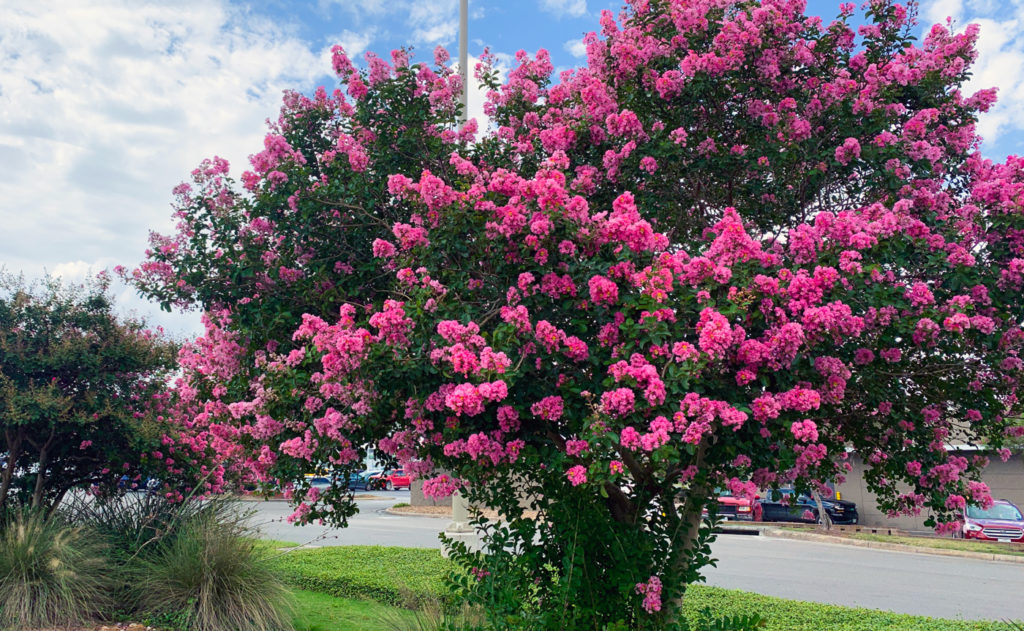
Plants that are cold hardy (trees and woody shrubs) will benefit greatly by planting during our fall season. They’re under less heat stress, and they grow more roots through the fall and winter, making them stronger and ready to take off next spring. More roots, stronger plants, better success! Oak trees, Crape Myrtles, Hawthorns, Lantana, Plumbago, Boxwoods and a host of other trees and shrubs should be planted starting this month.
3. Plant to Support Pollinators!
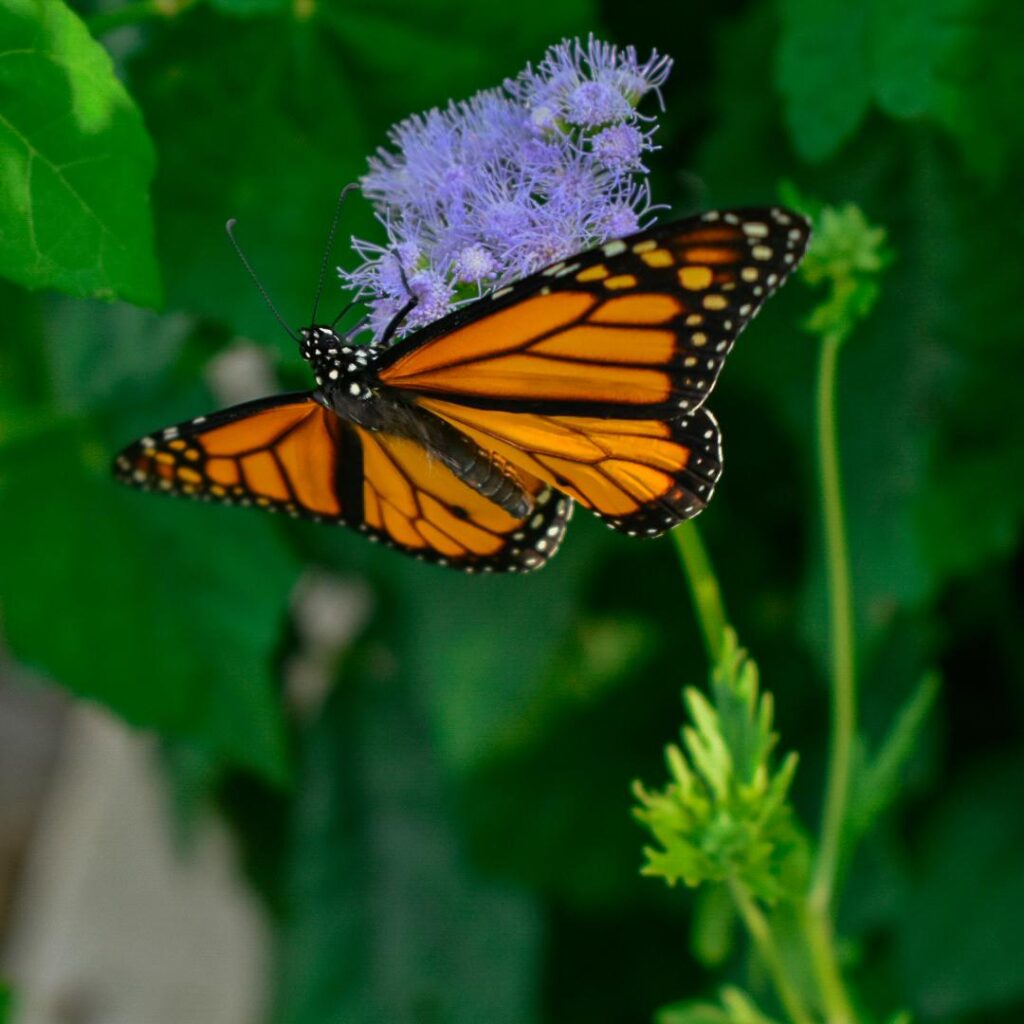
We’re bringing in lots of new plants this month with our pollinator friends in mind! While you’re choosing what to plant, consider adding Texas Natives like Turk’s Cap and Lantana that birds and bees love. If you want to attract and support butterflies, try native butterfly weed, Gregg’s mist flower, and lots of different blooming salvias. So many gorgeous options!
4. Set the Table for the Fall Hummingbird Migration!

Ruby-throated hummingbirds will soon make their way through for the fall migration! These tiny birds are BIG eaters. They stop here in the Coastal Bend to fuel up before their non-stop flight across the Gulf of Mexico. Host them in your yard by planting some of their favorite foods! Hummingbirds find plants using their excellent vision and are attracted to bright colored blooms, which indicate a high-sugar food source. Some of our favs for South Texas are Flame Acanthus (aka hummingbird bush), Salvias (like native Salvia greggii and Salvia leucantha), Cape Honeysuckle, Firecracker plant, Coral bean – the list goes on! Plant a few of these and hummingbirds will find them. And don’t forget to visit the Rockport-Fulton HummerBird Celebration September 14-17!
5. Make Way for New Growth with Light Pruning and Clean-up

Chances are you have established plants that could benefit from a clean-up after working so hard all summer. Wait until about September 15th and give them a light pruning to make way for new growth this fall. A good rule of thumb for most plants is to prune up to 1/3 (not more) in the fall, then wait until January to do a heavy pruning/cutback. If you have questions about how to prune specific plants, you know who to call!
6. Trap and Prevent Mosquitos
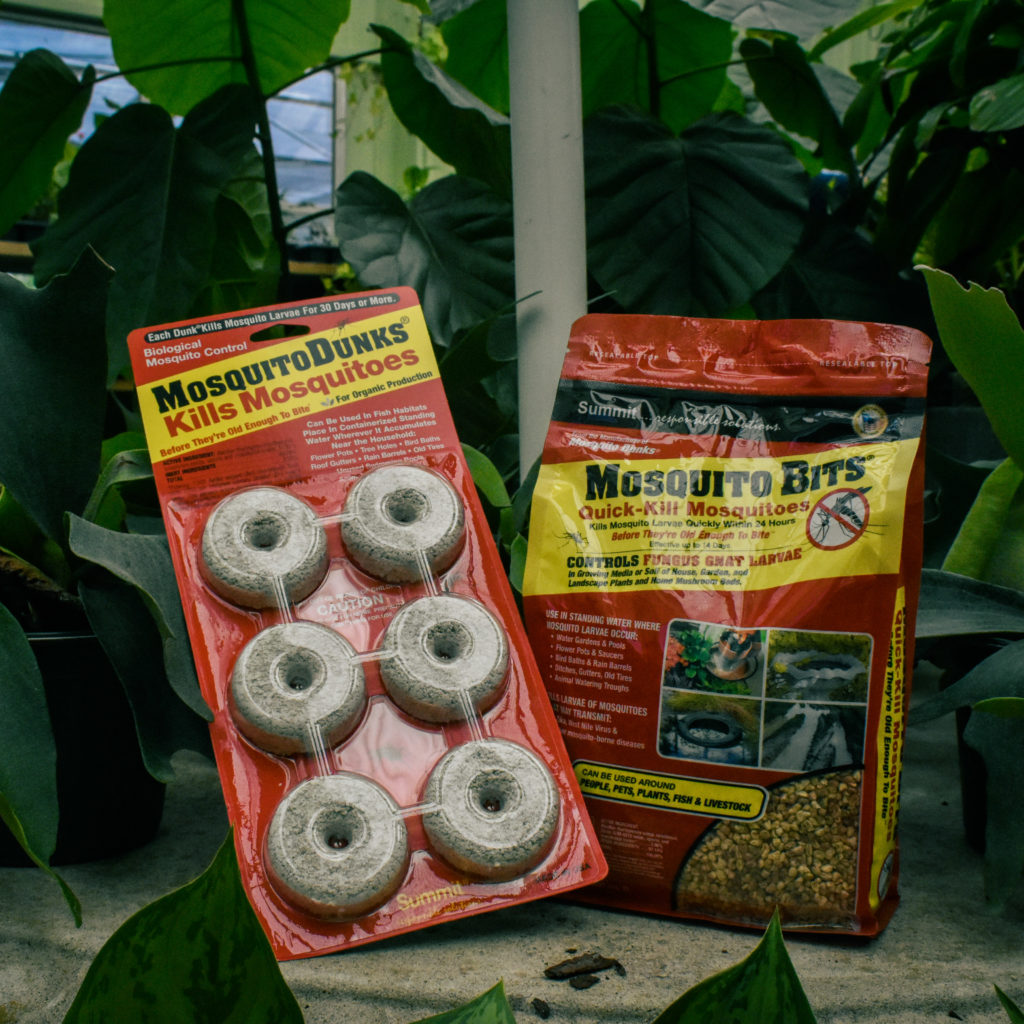
Setting simple traps with organic Mosquito Dunks or Mosquito Bits is perhaps the most effective method for controlling mosquitos. It couldn’t be easier – grab a 5-gallon bucket, fill it with water and add a few handfuls of straw, leaves, weeds, food waste, etc. This will start to stagnate and attract female mosquitos to lay their eggs. After a day or 2, toss in a Mosquito dunk or a spoonful of mosquito bits which will kill the mosquito larvae. Try a few traps plus some repellant granules and incense!
7. You’re Invited! Gill Garden Talks and Events in September!
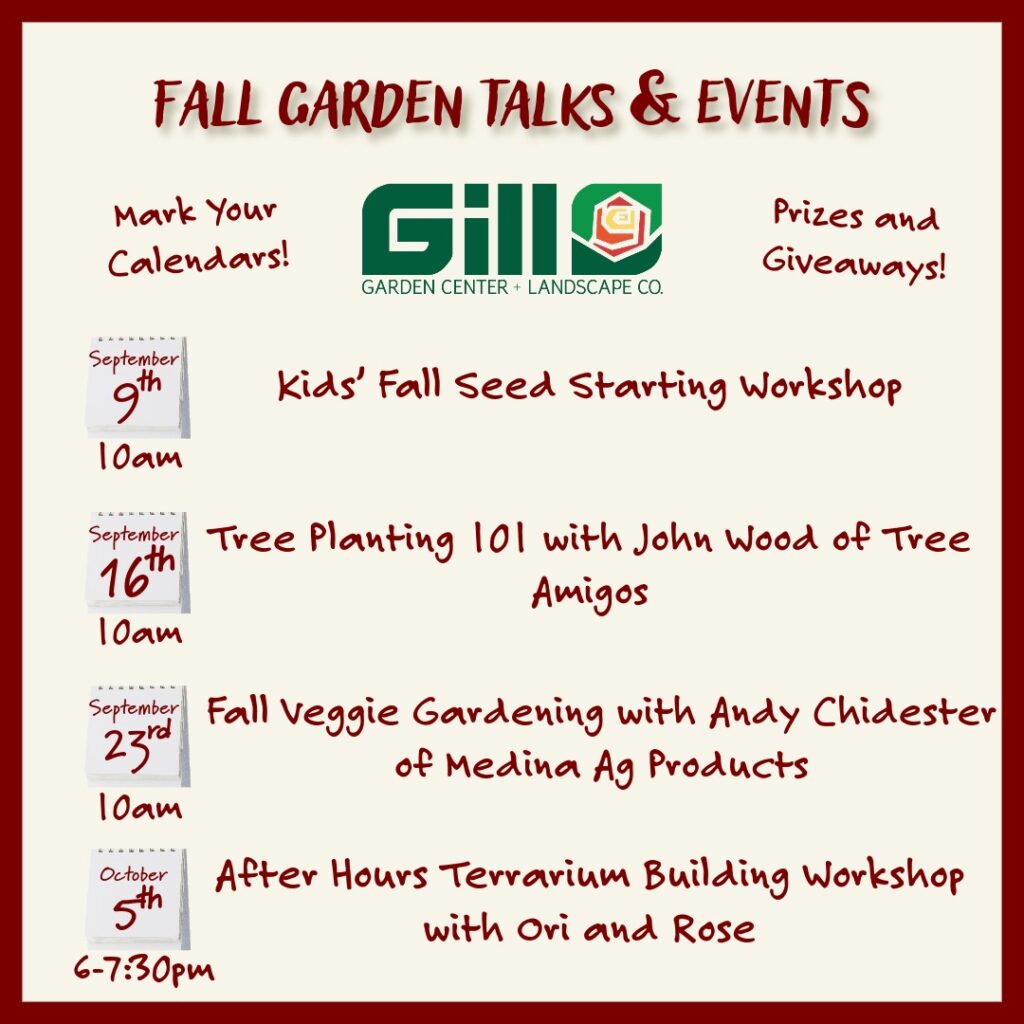
Gill Garden Talks and Events are back! We’re kicking it off with a kids seed starting workshop on September 9th. Stay tuned here and on Instagram and Facebook for details of each event. Can’t wait!

